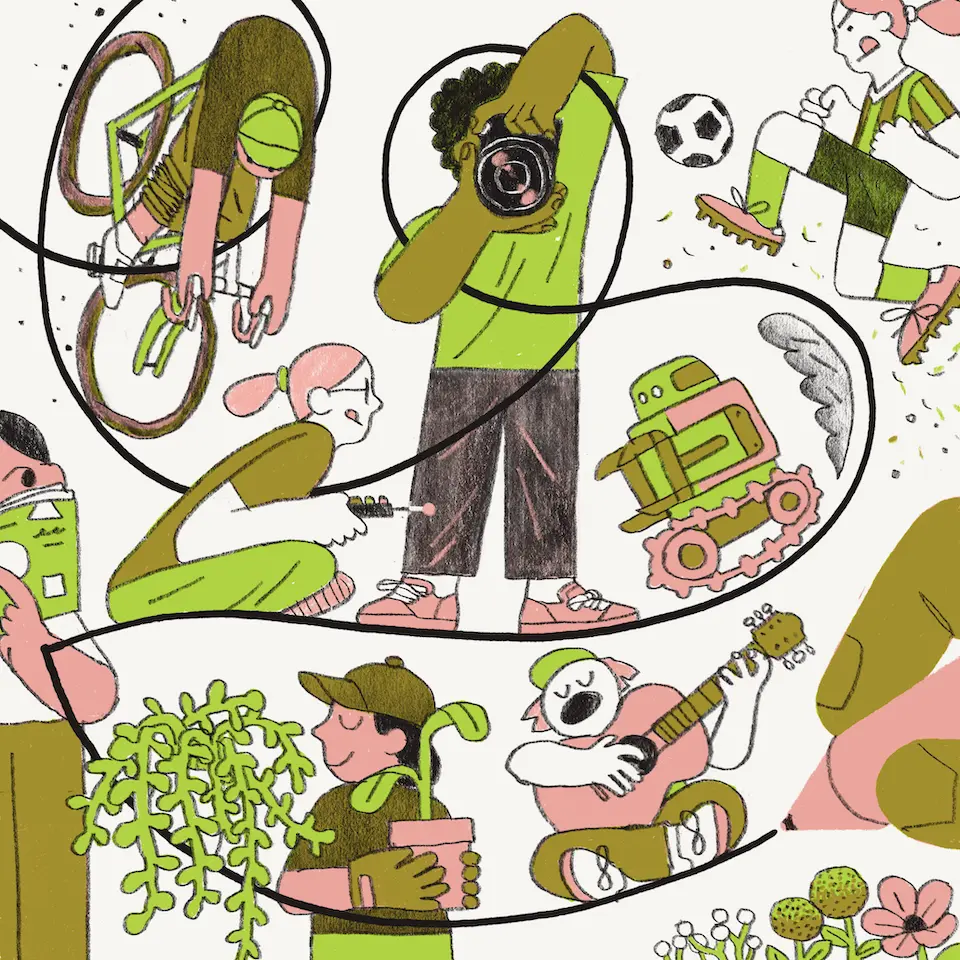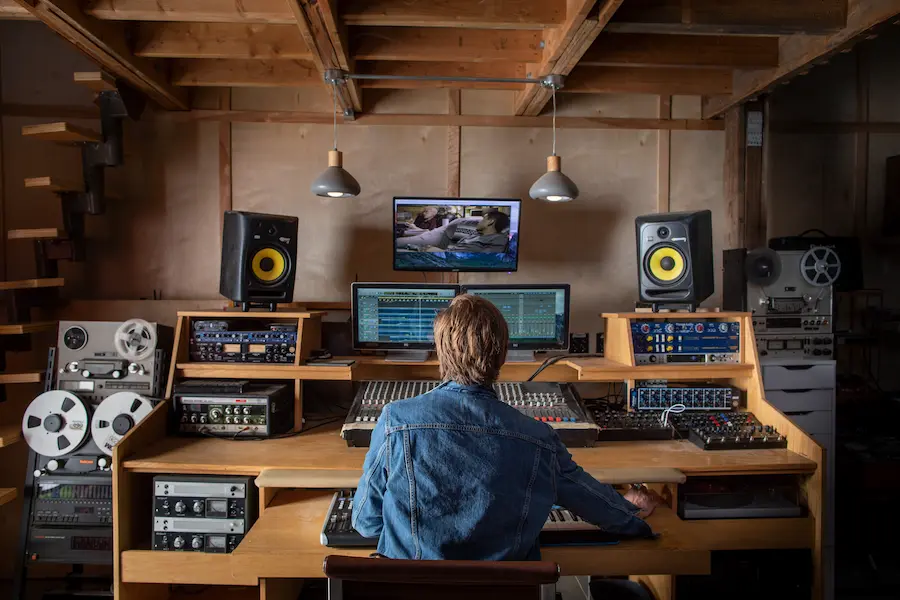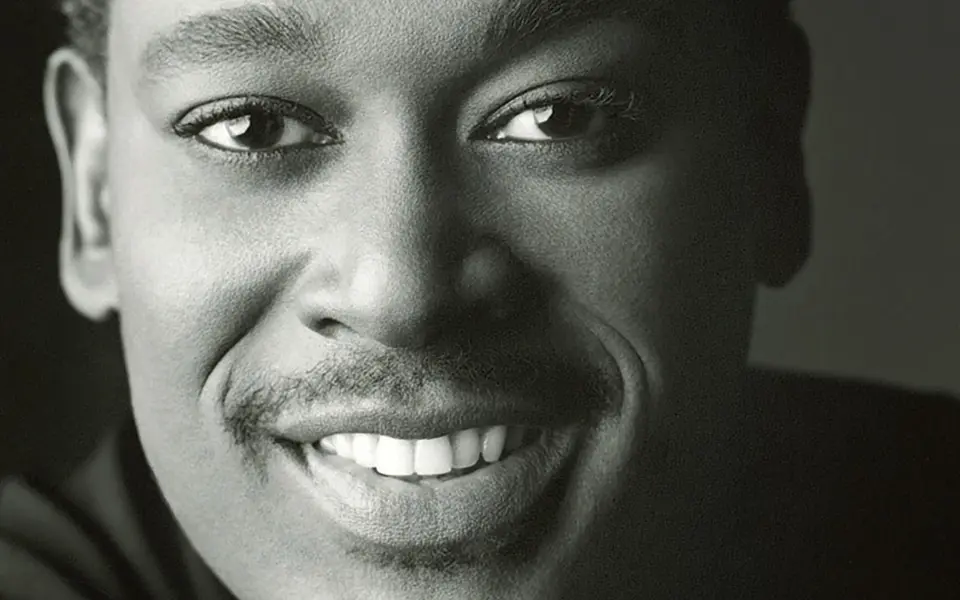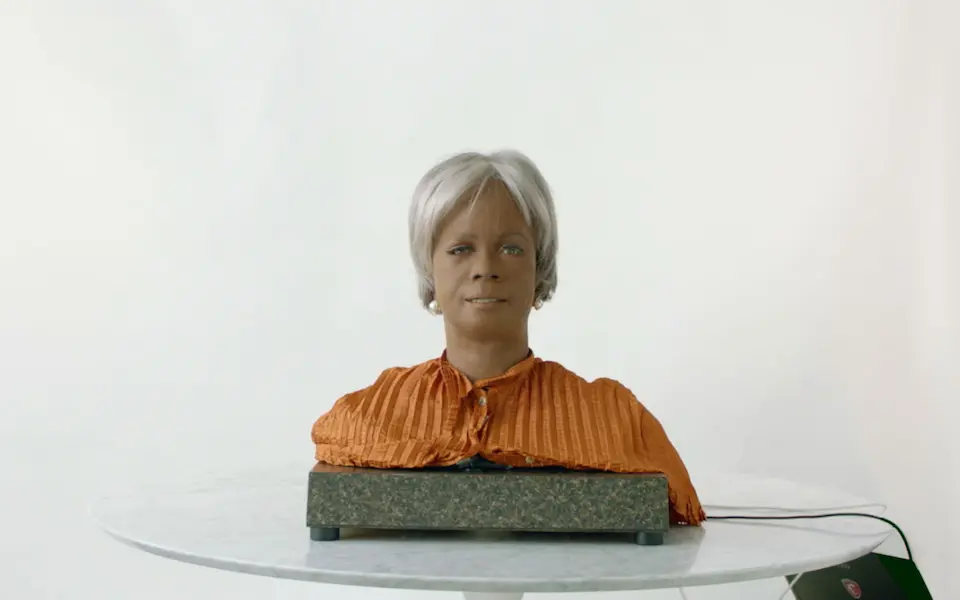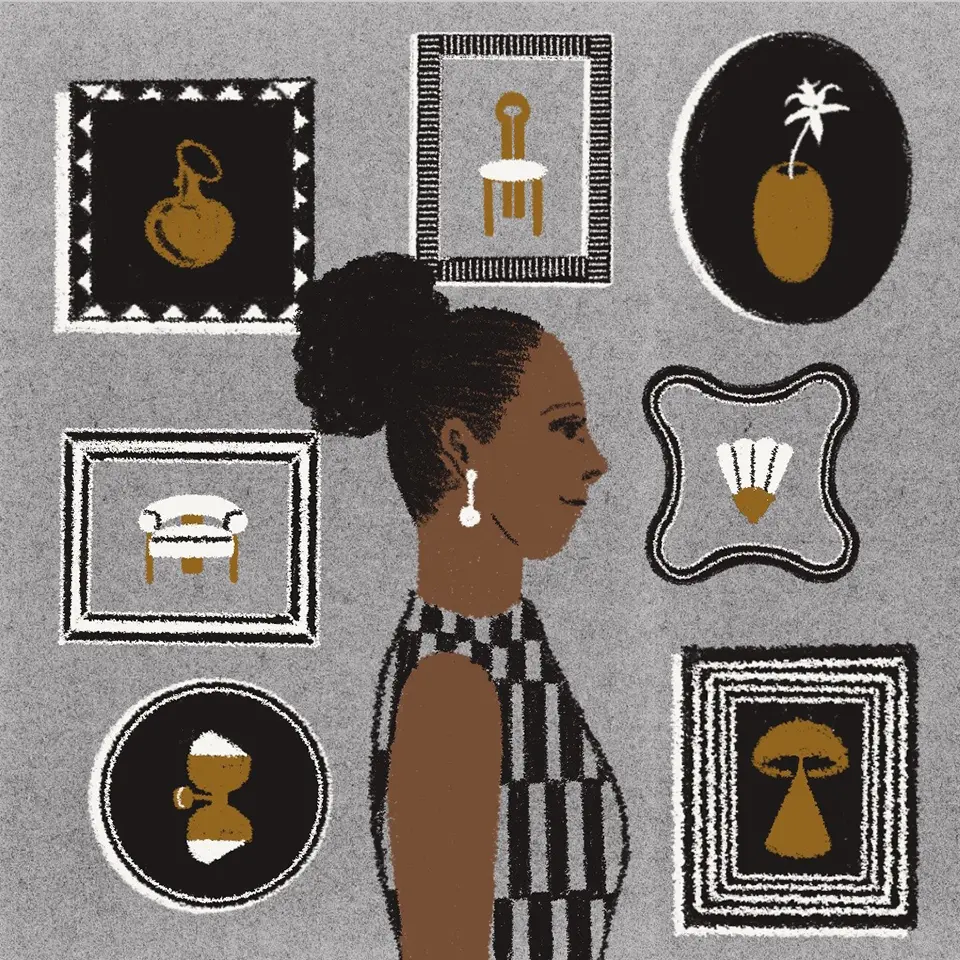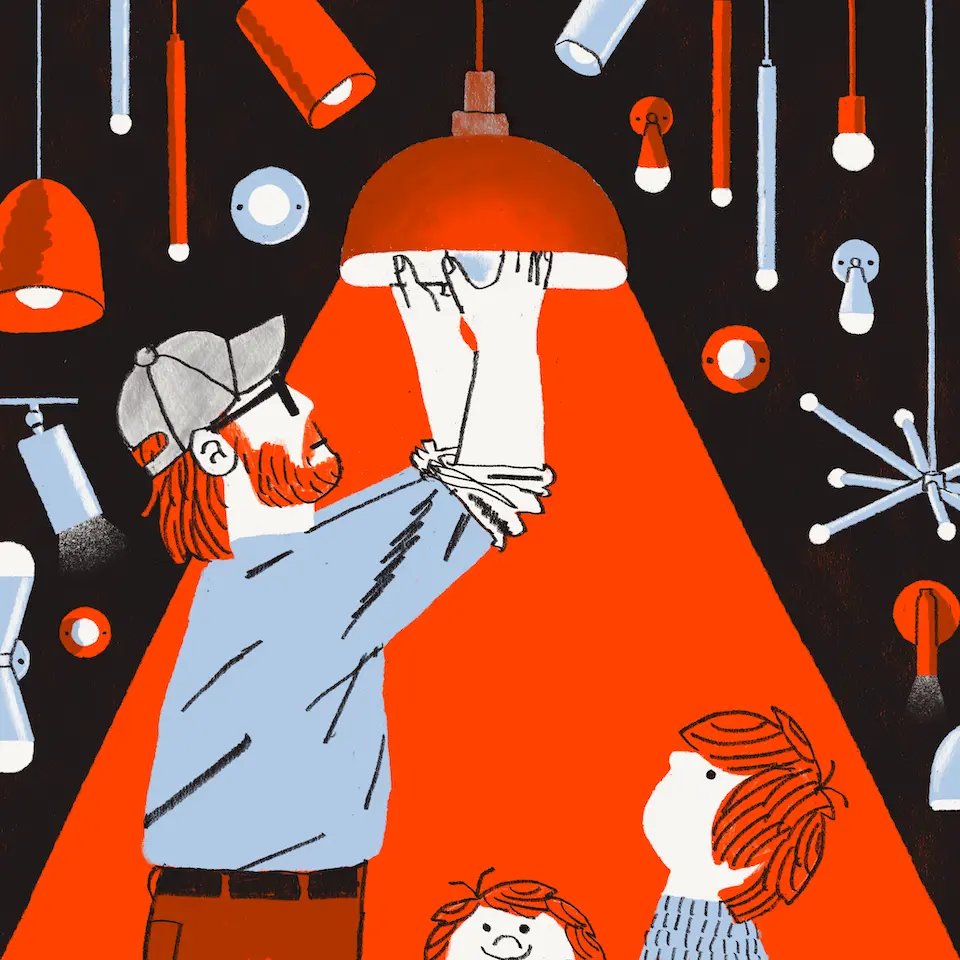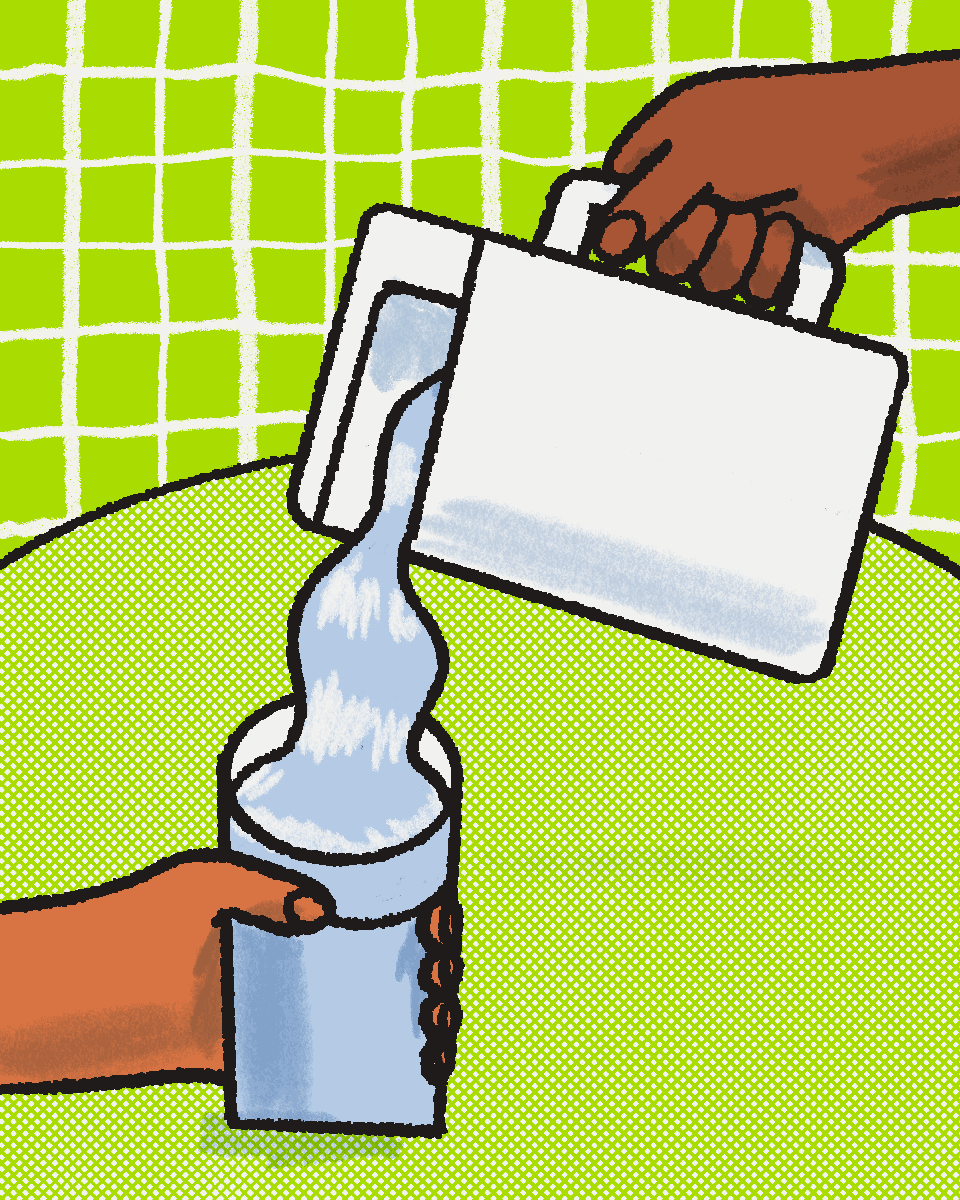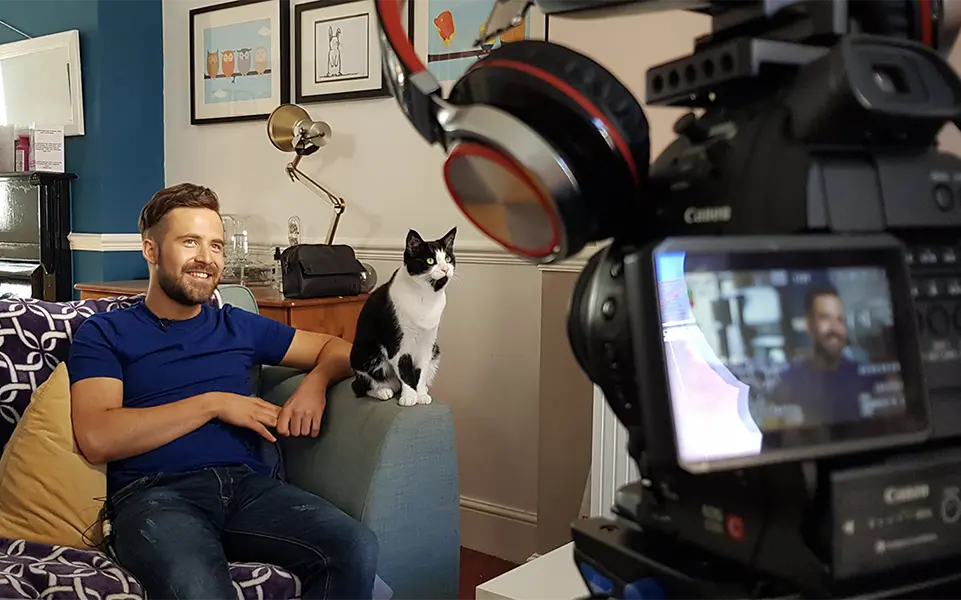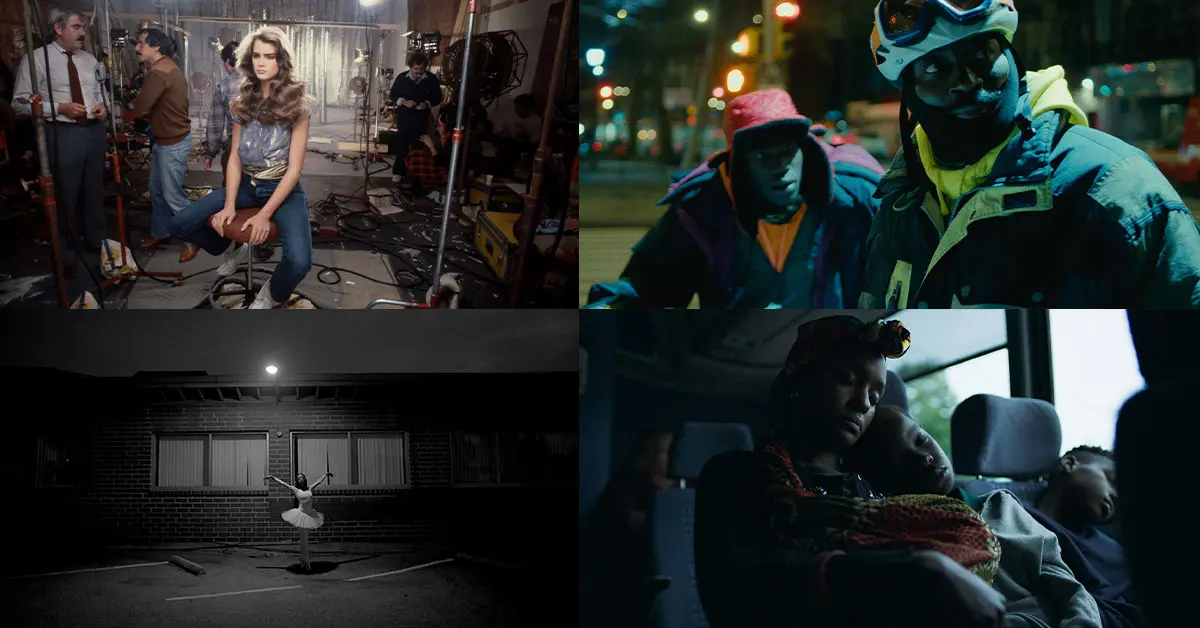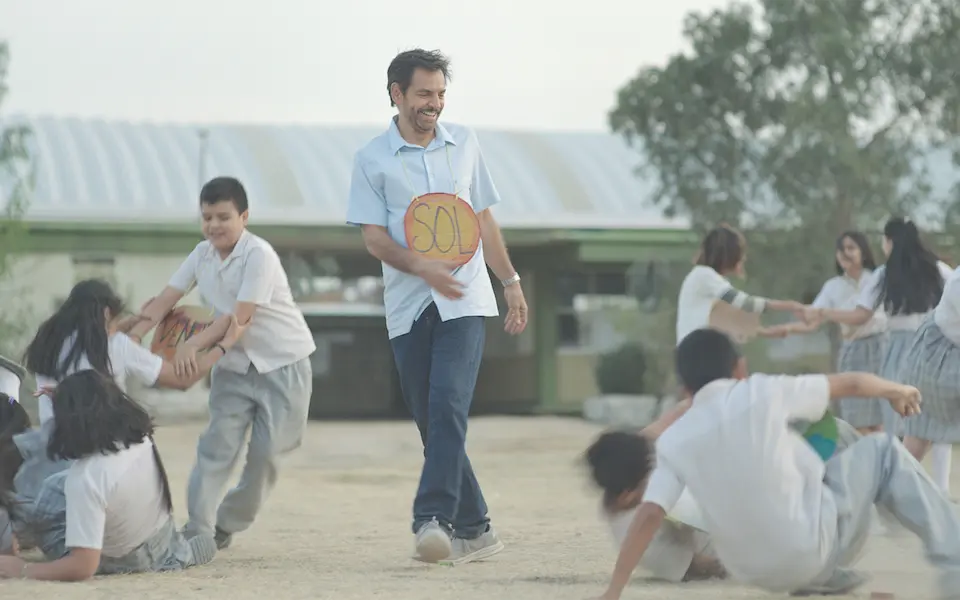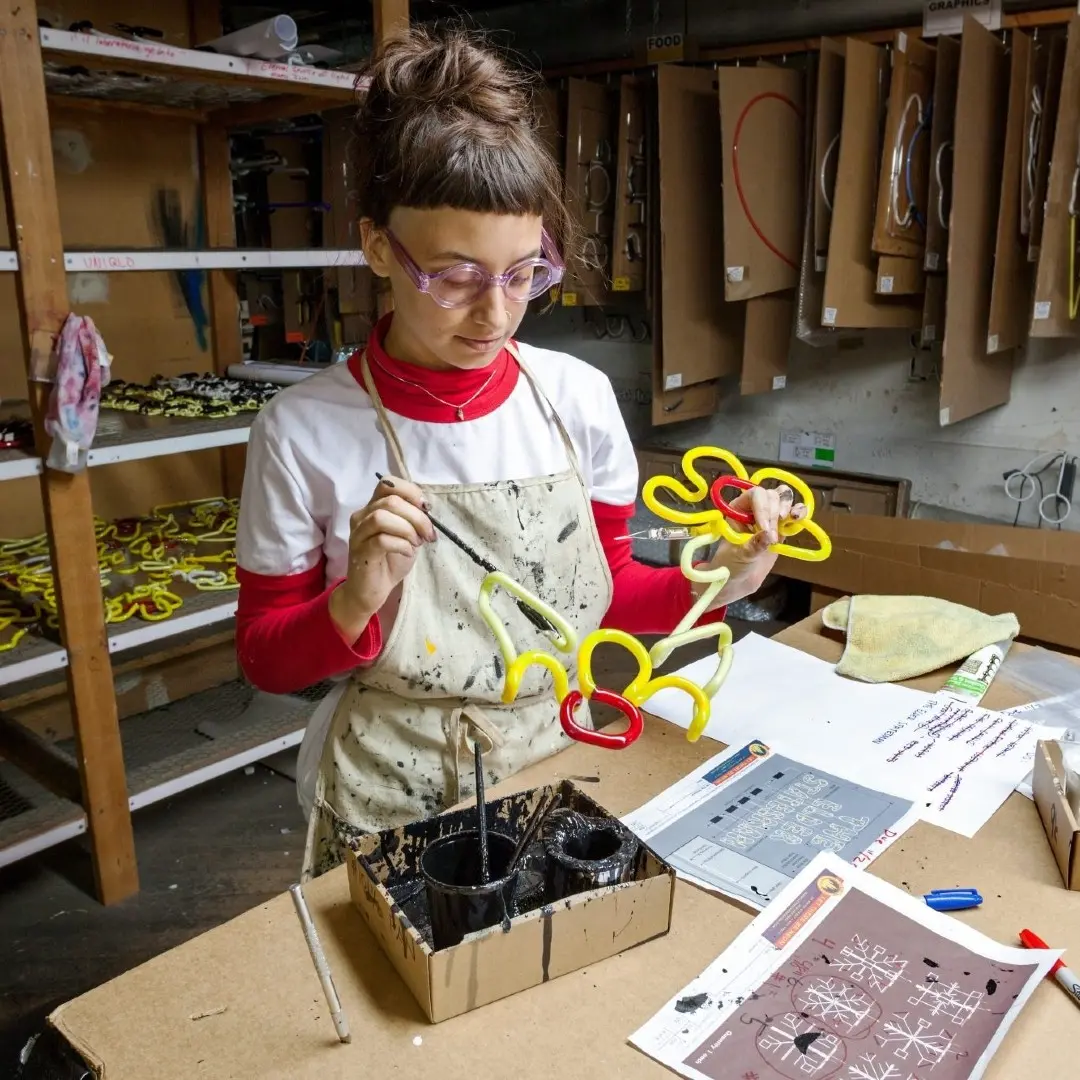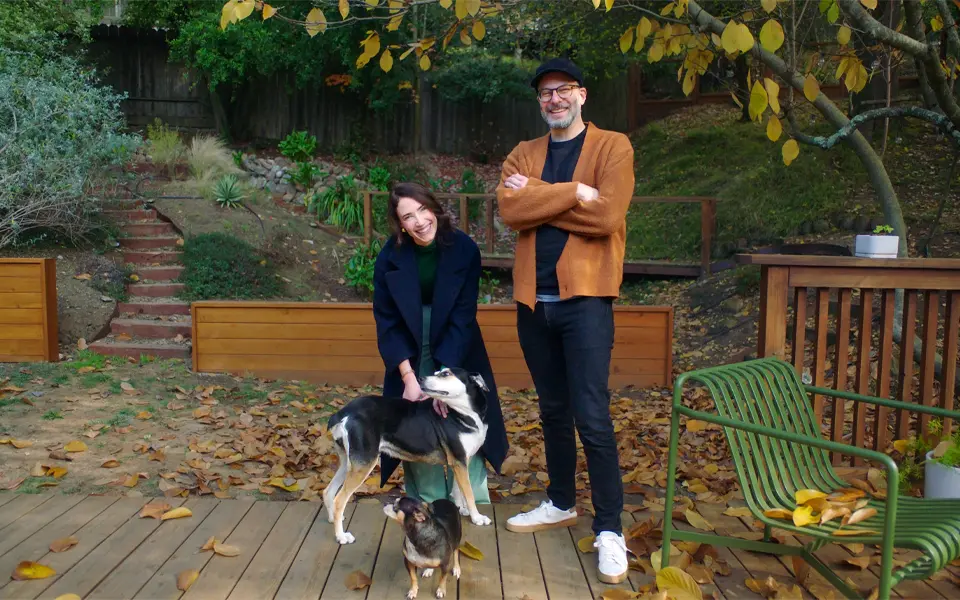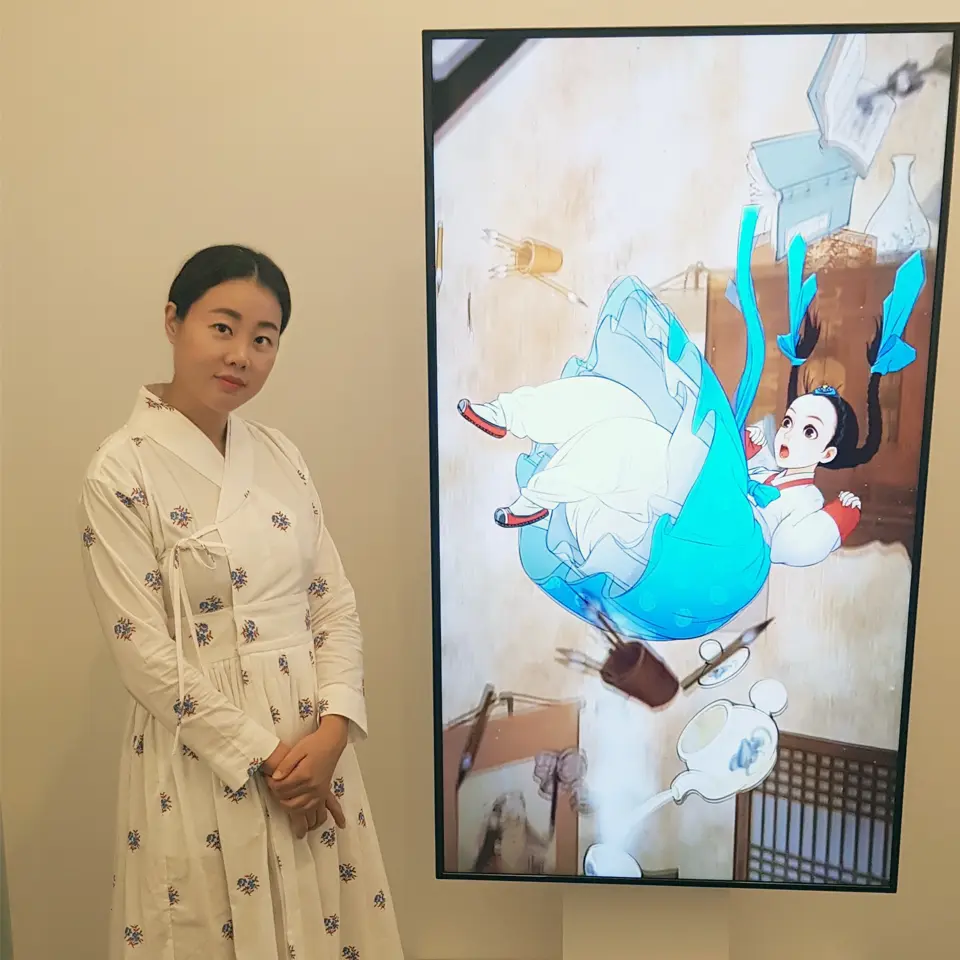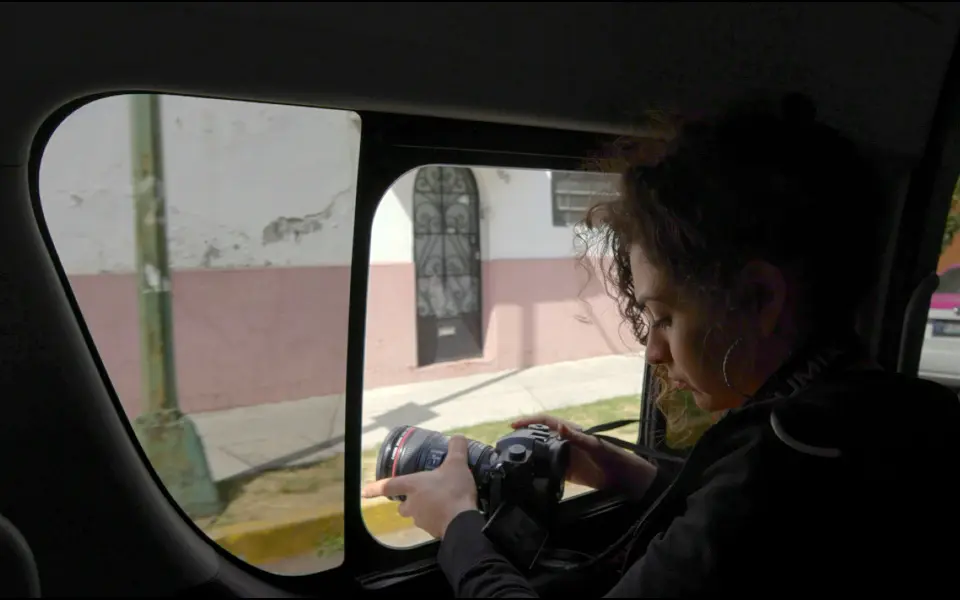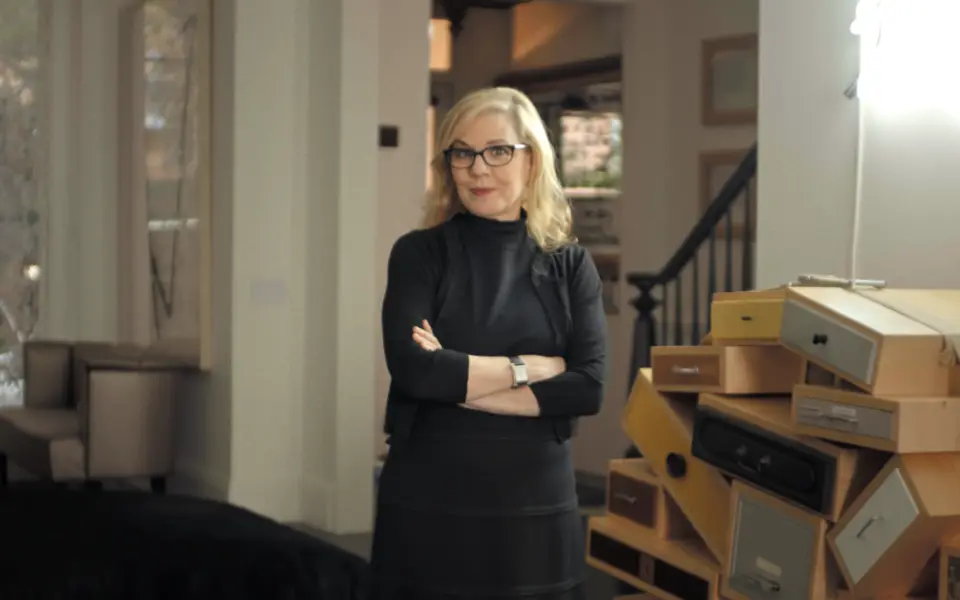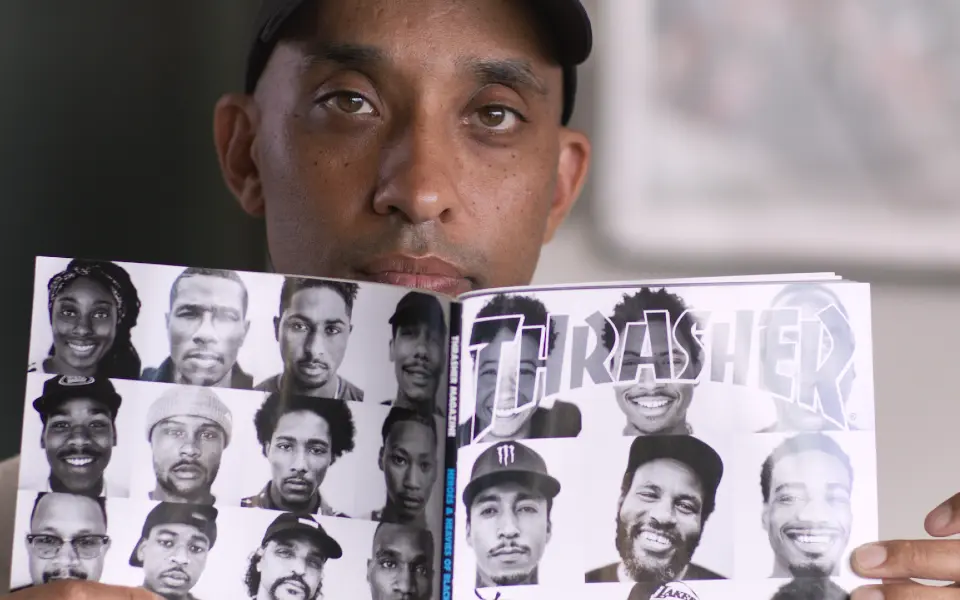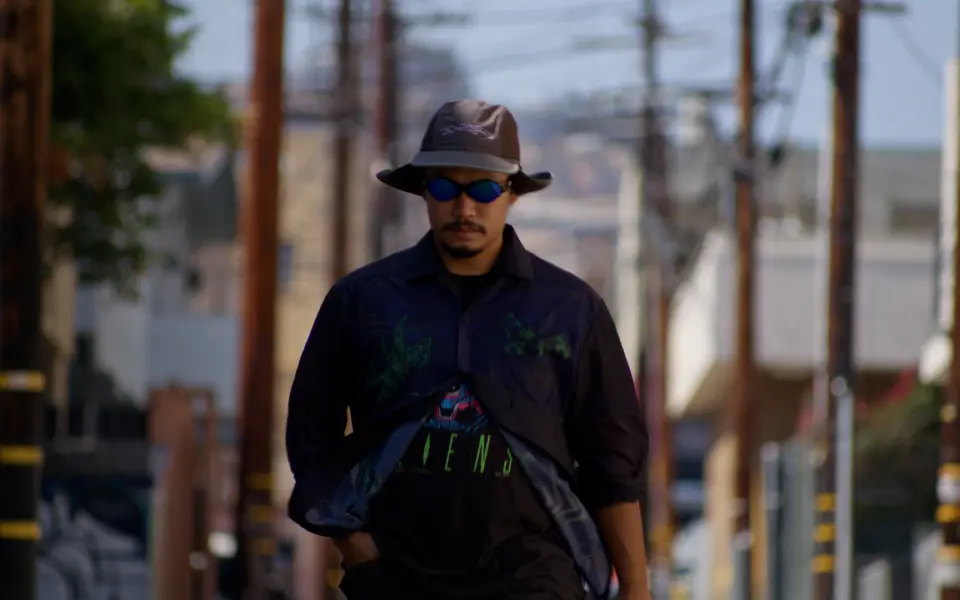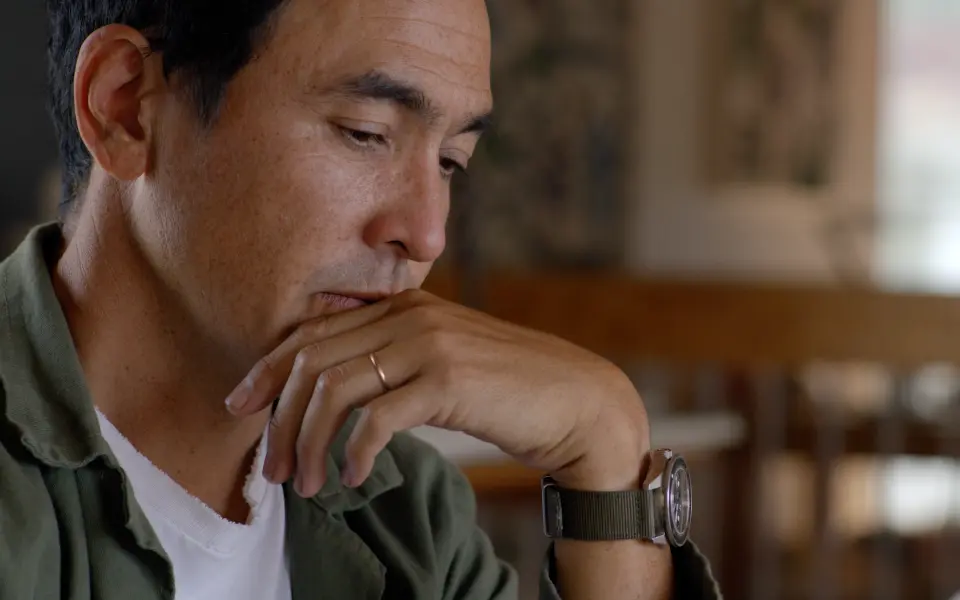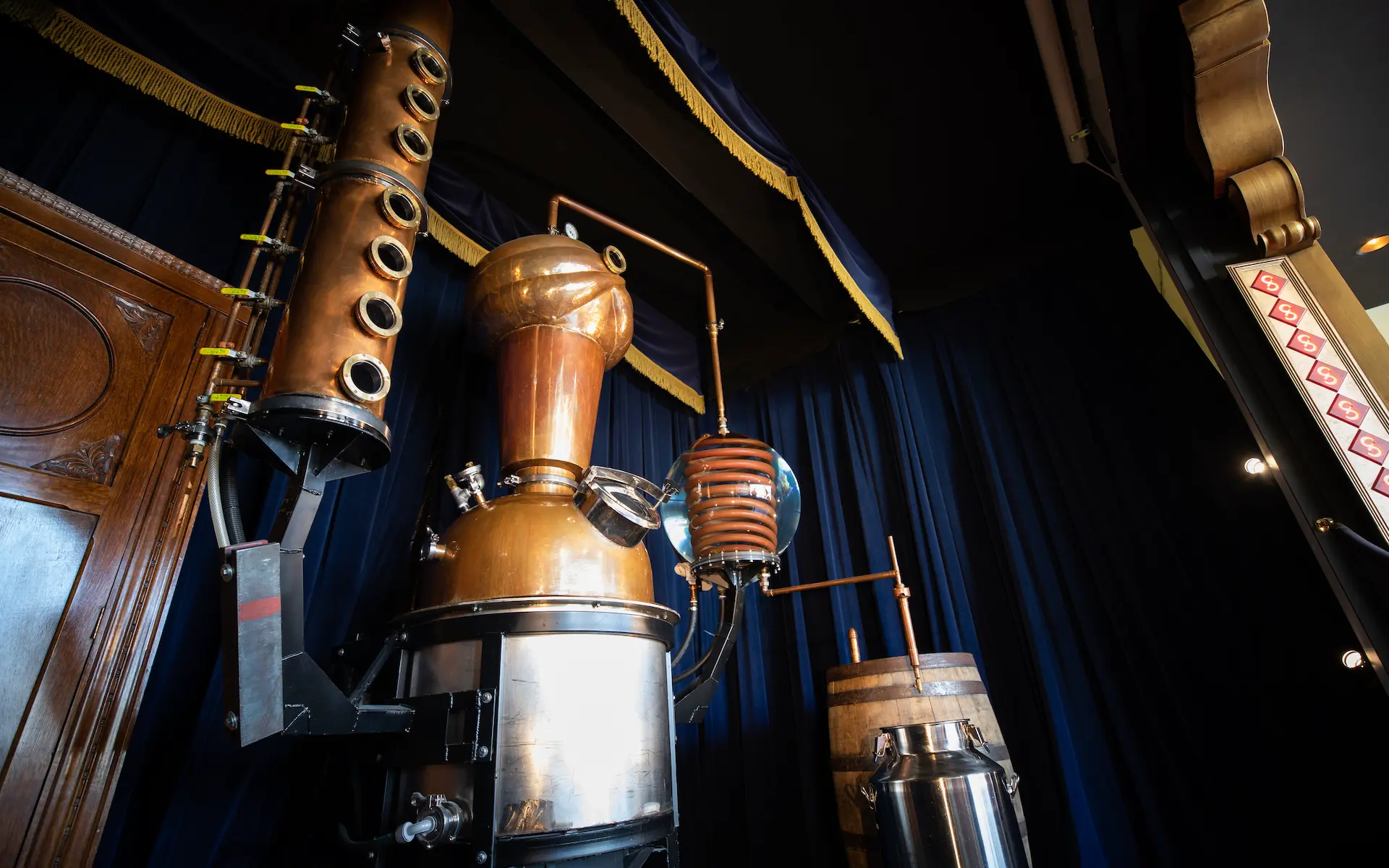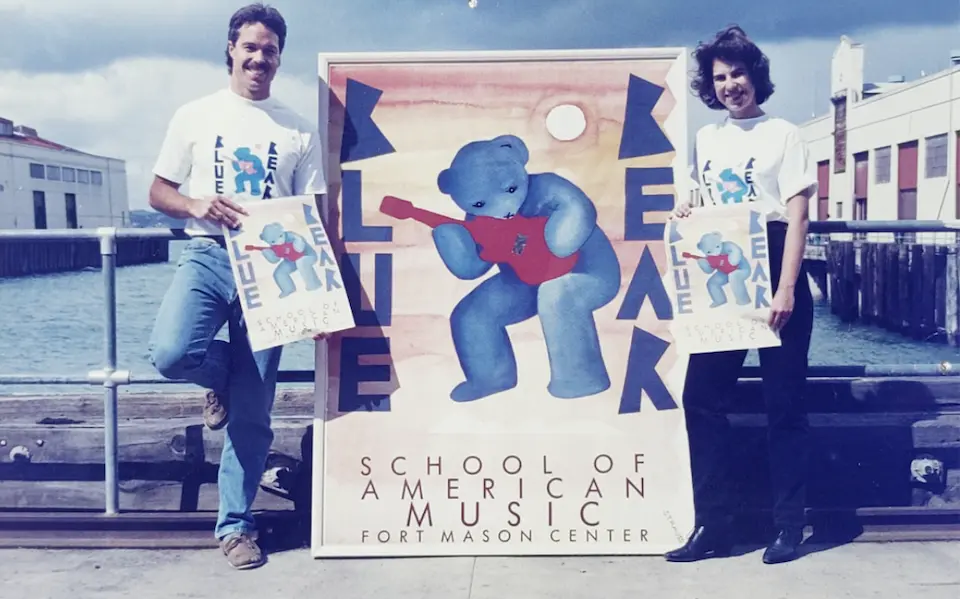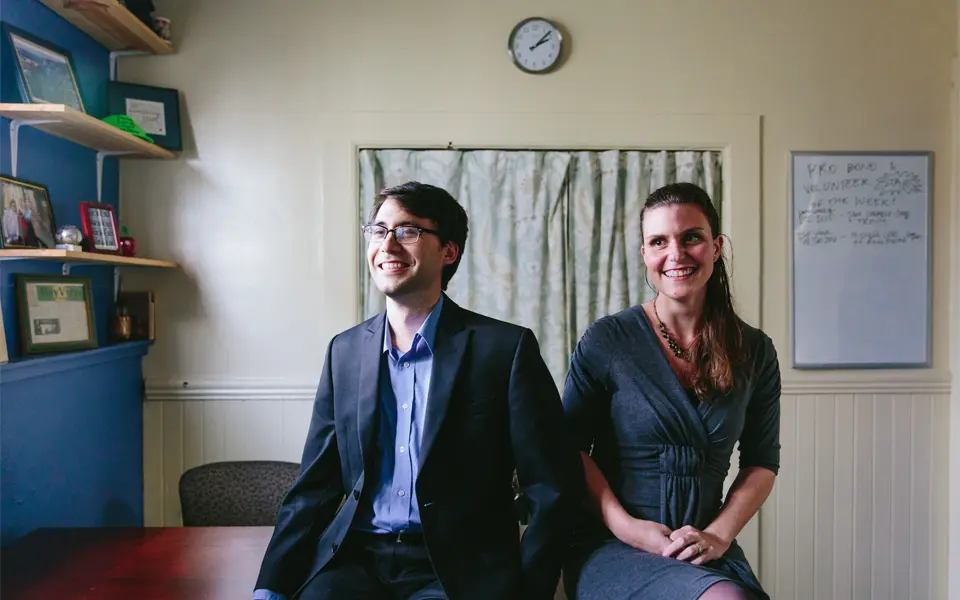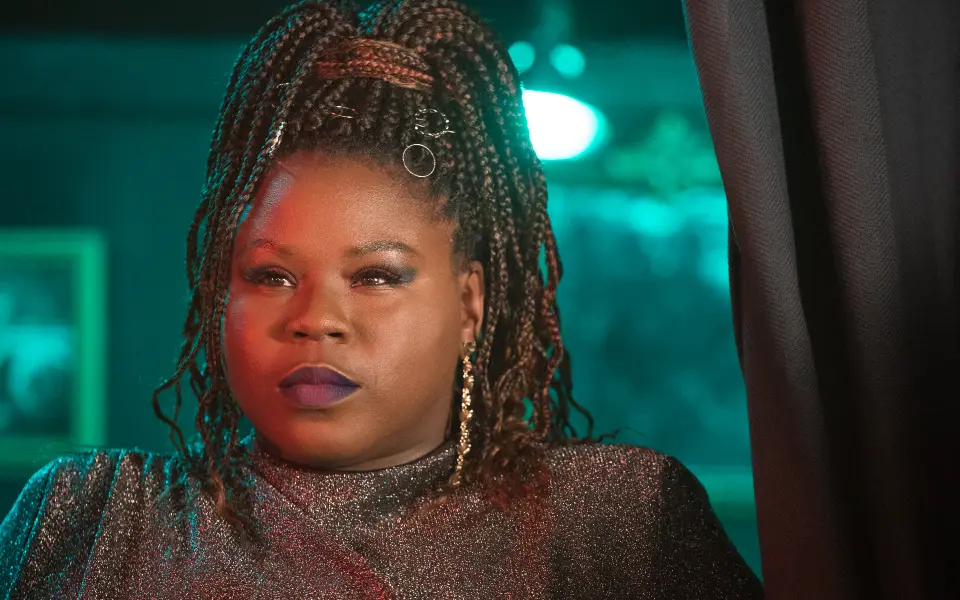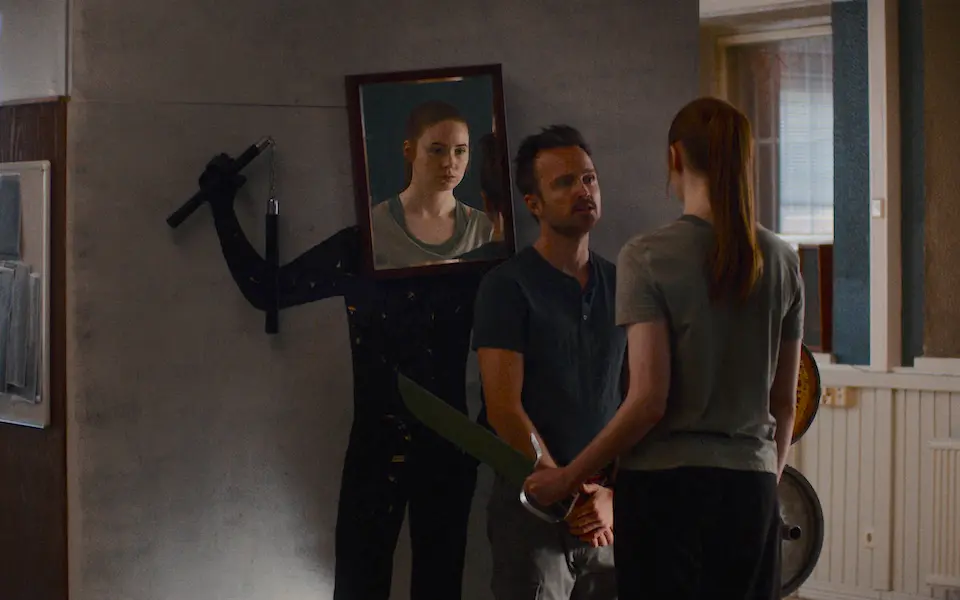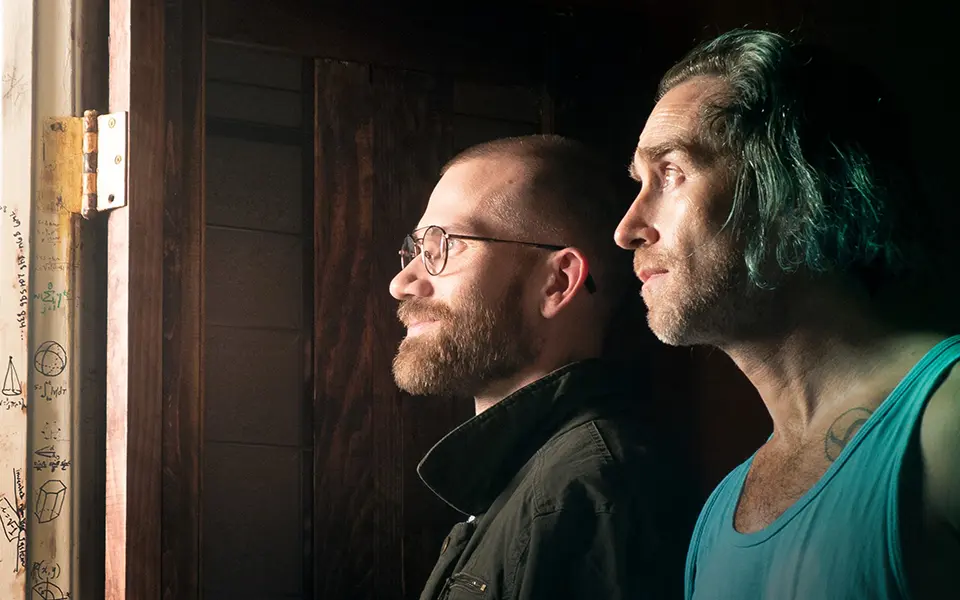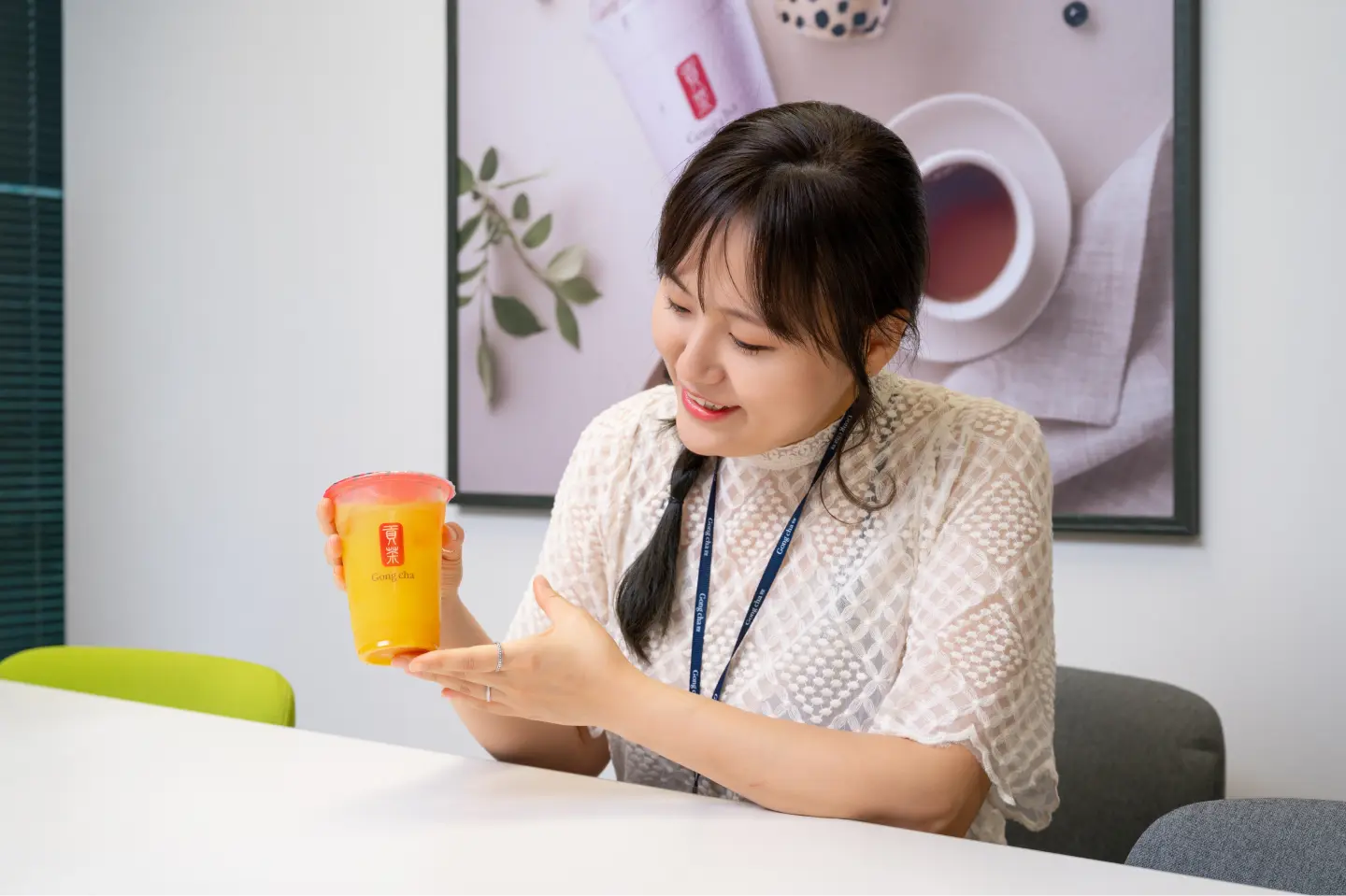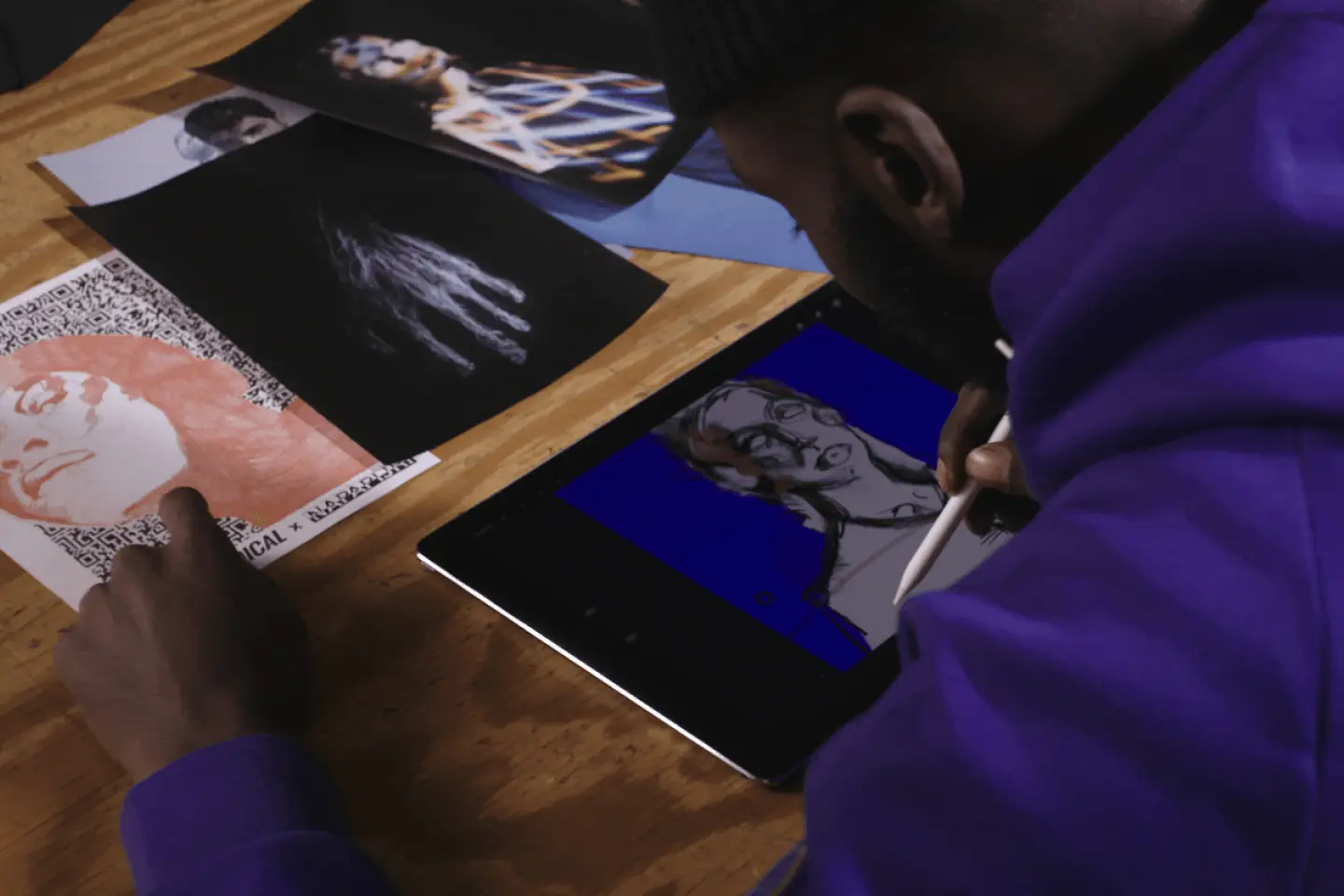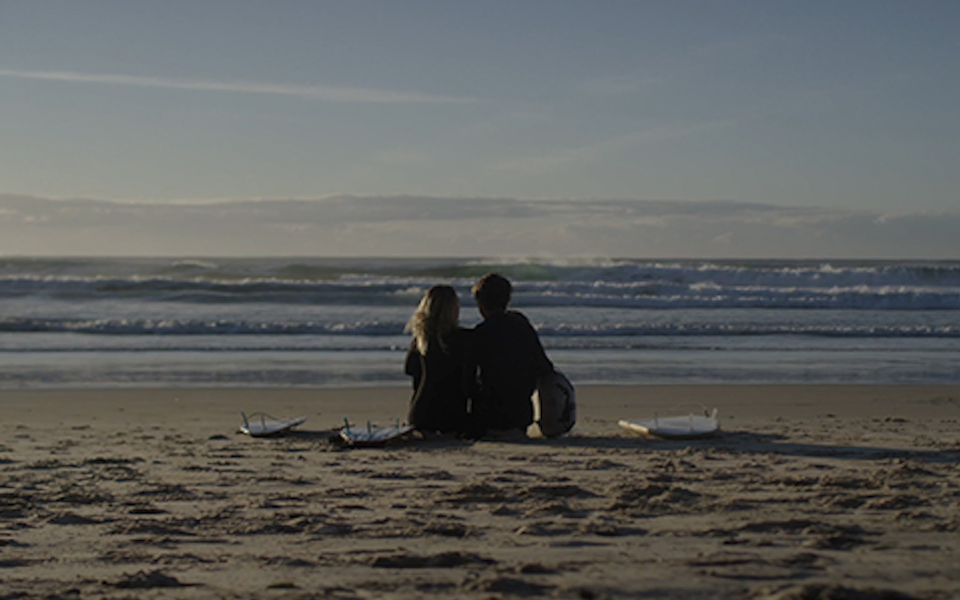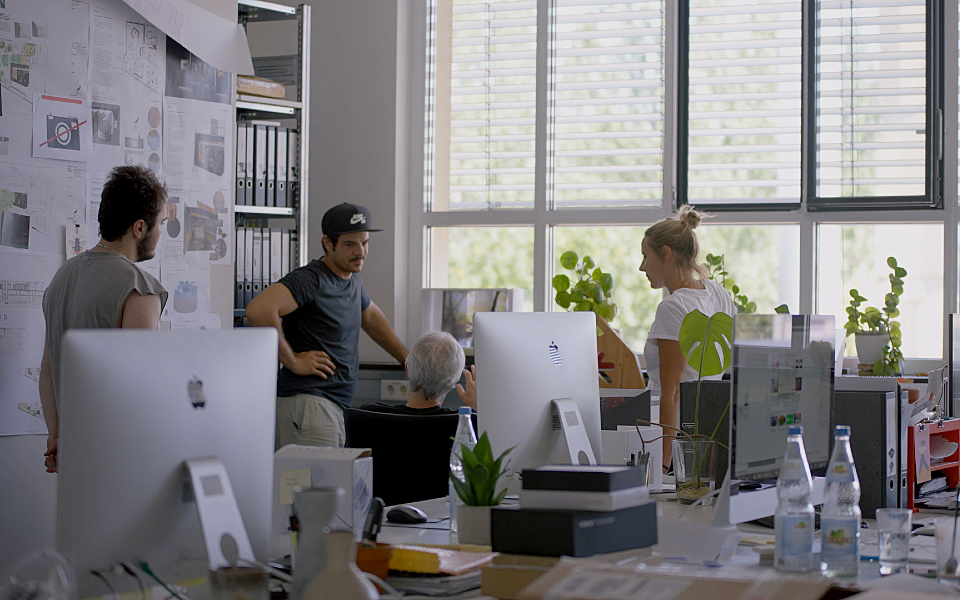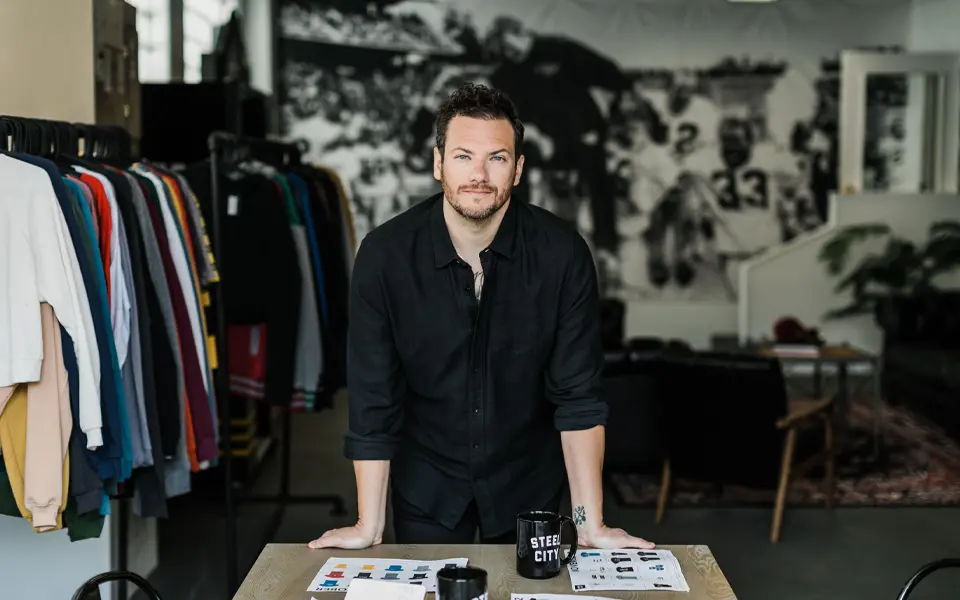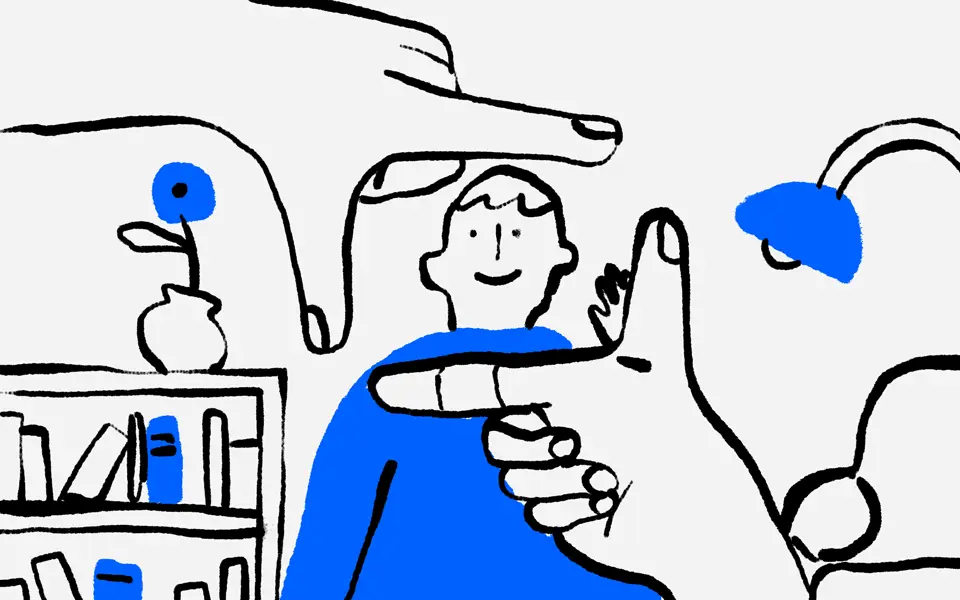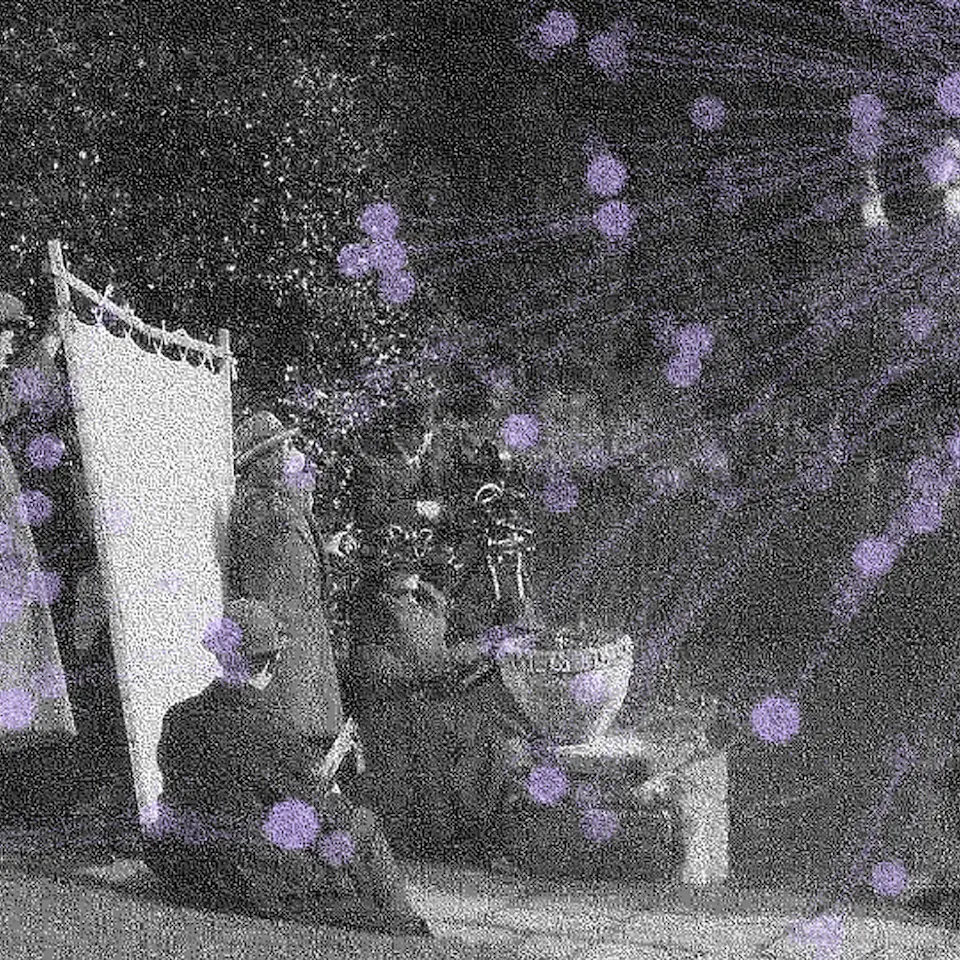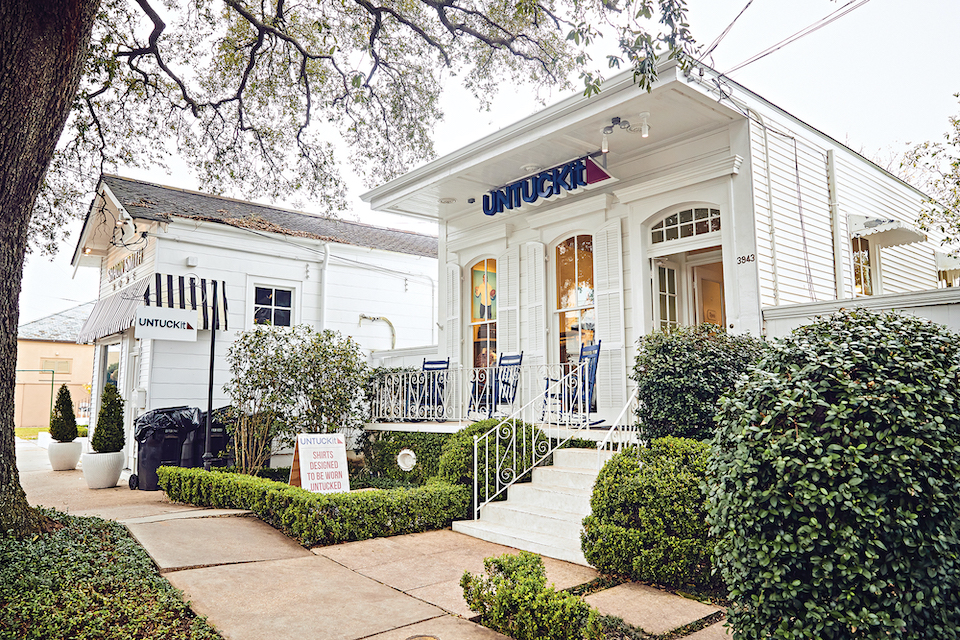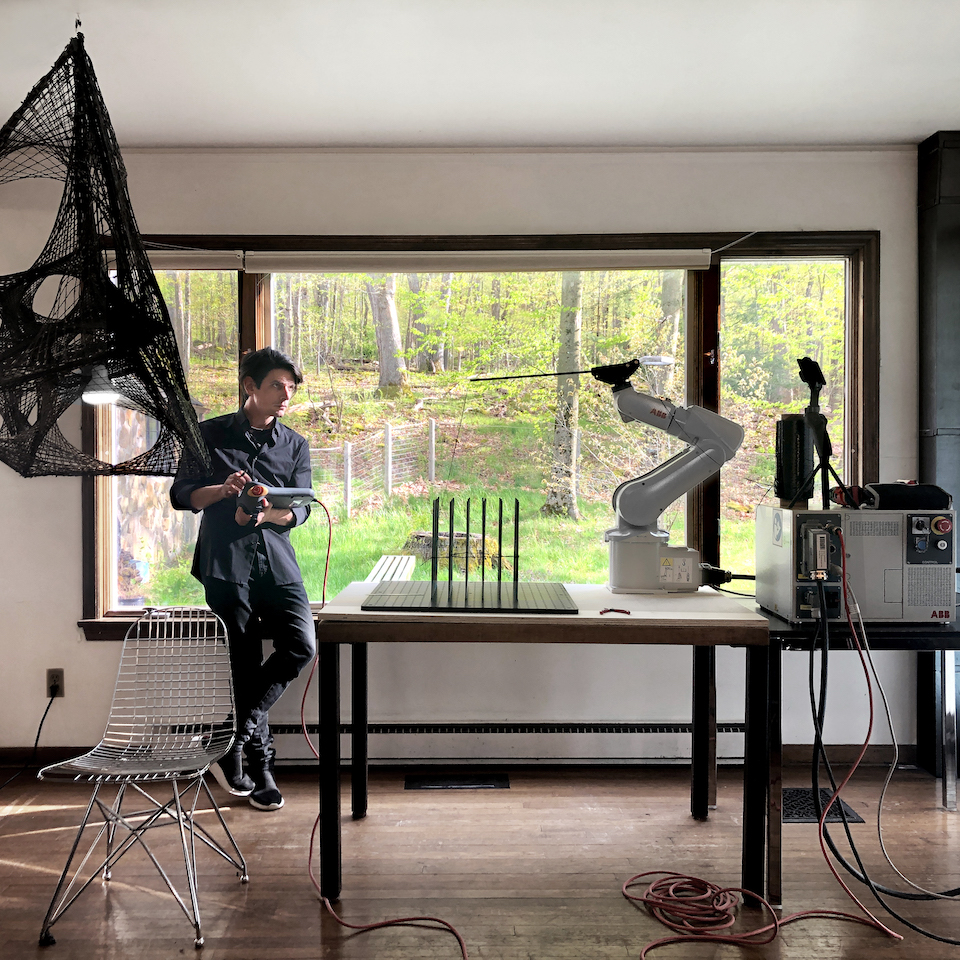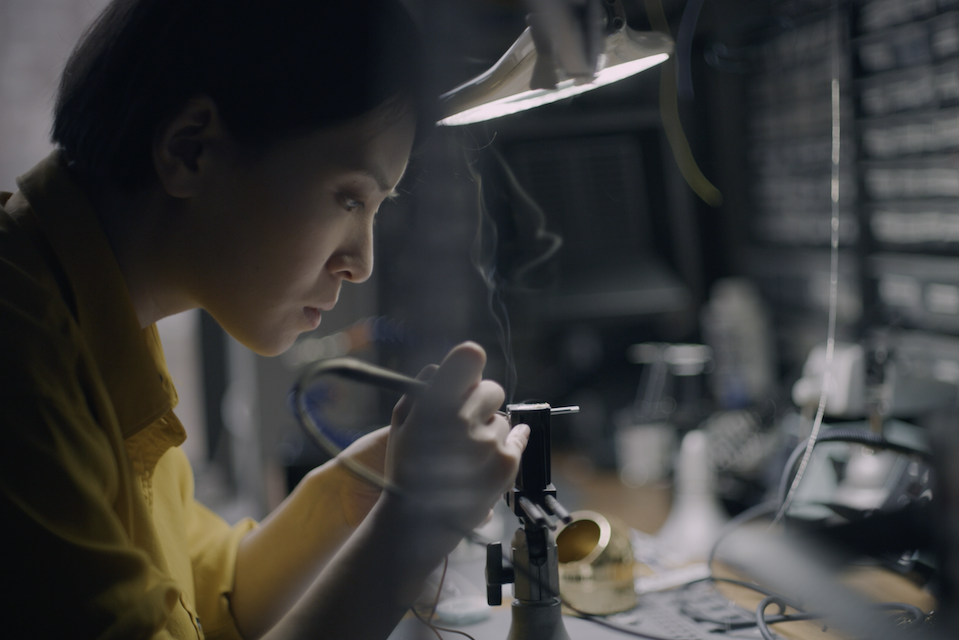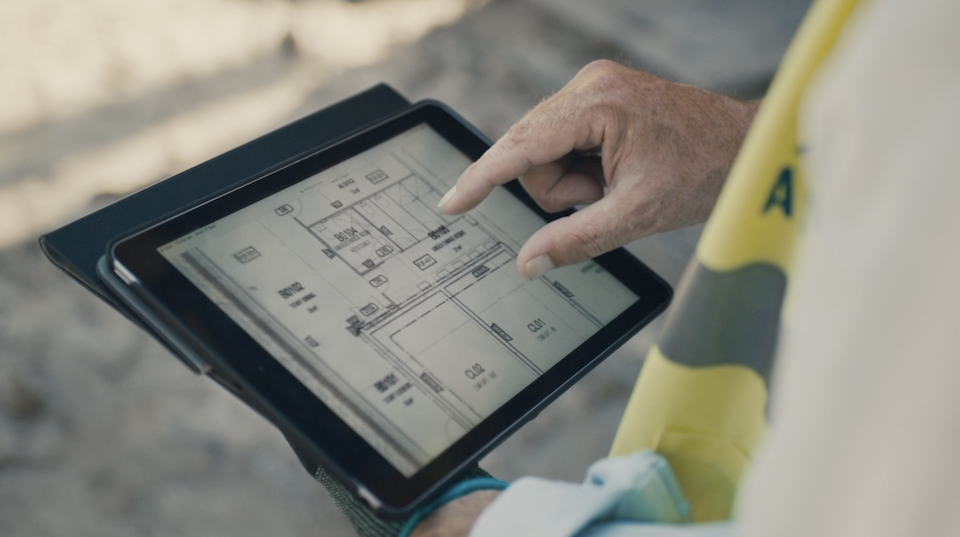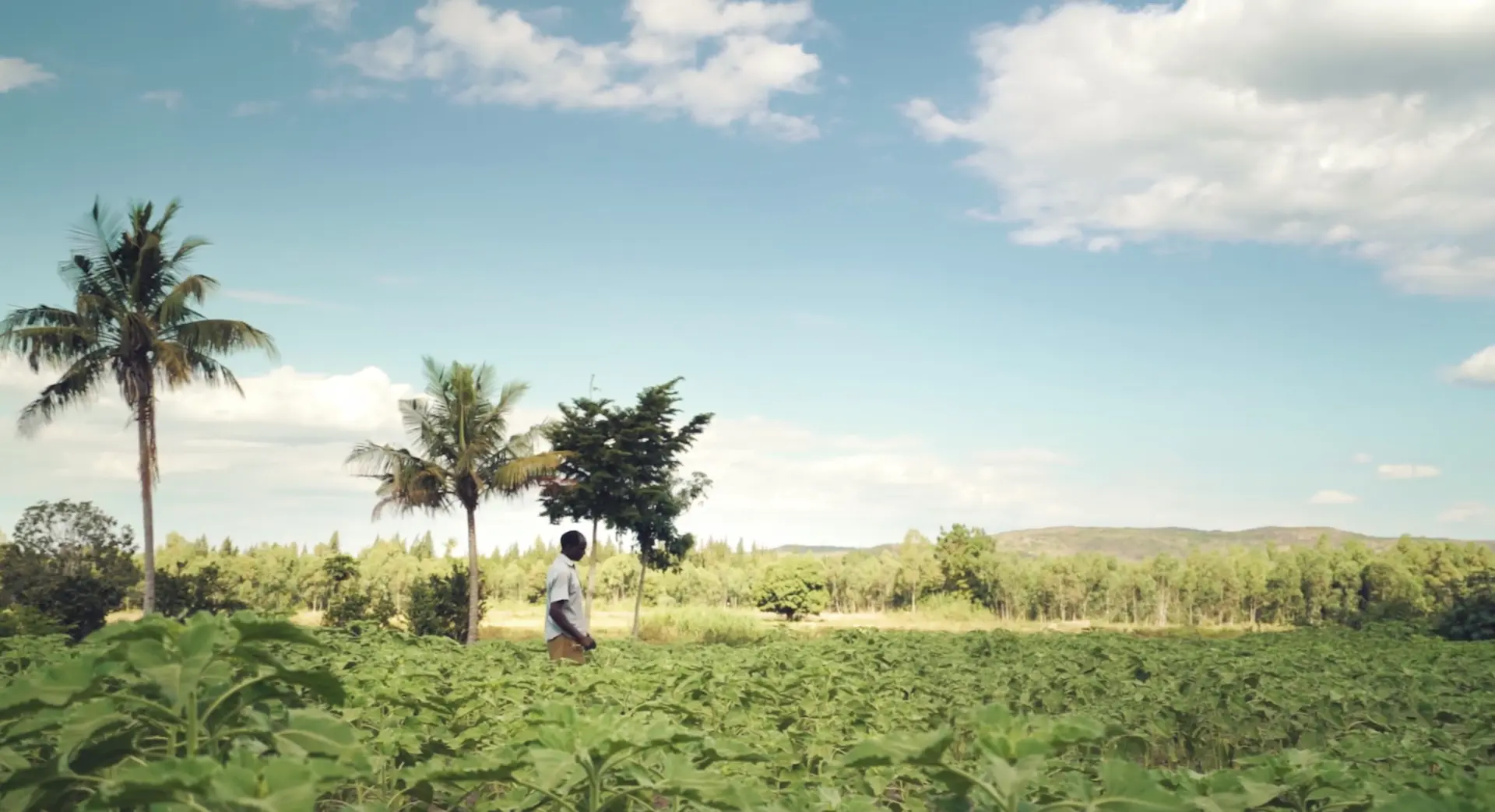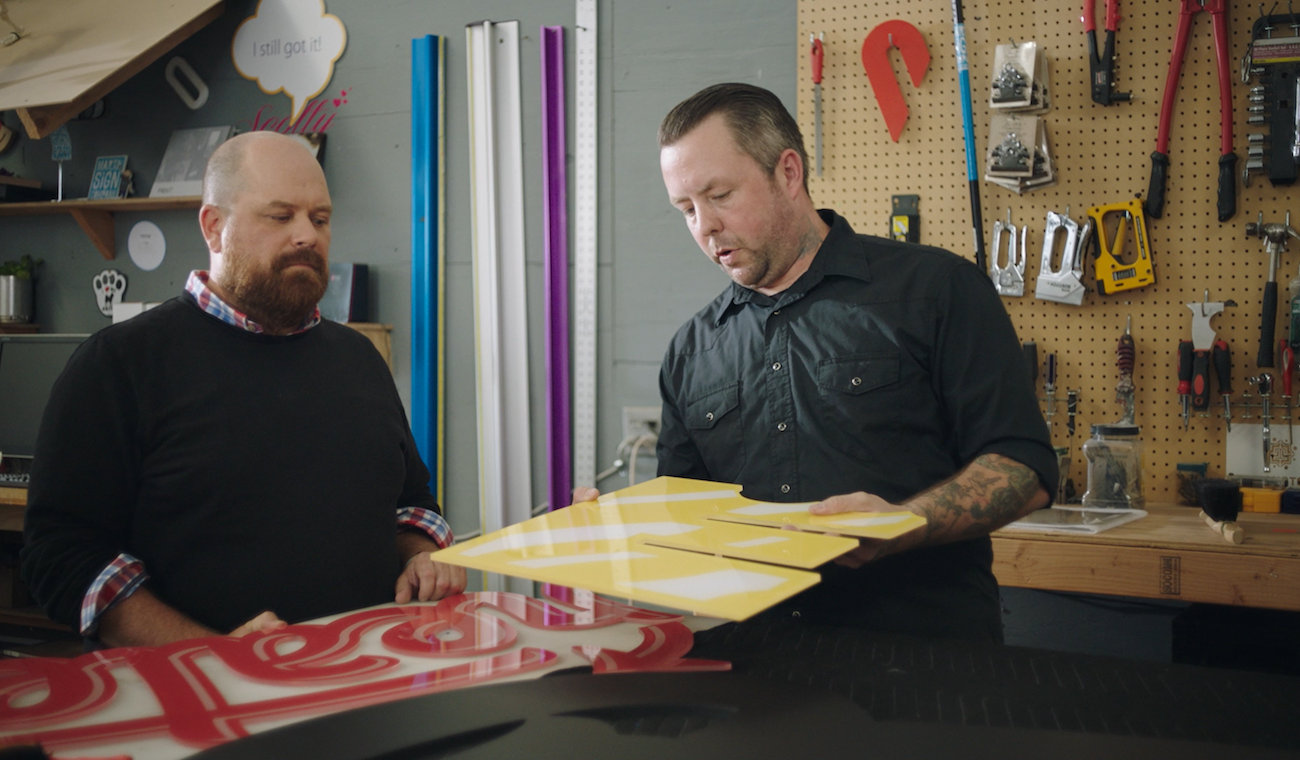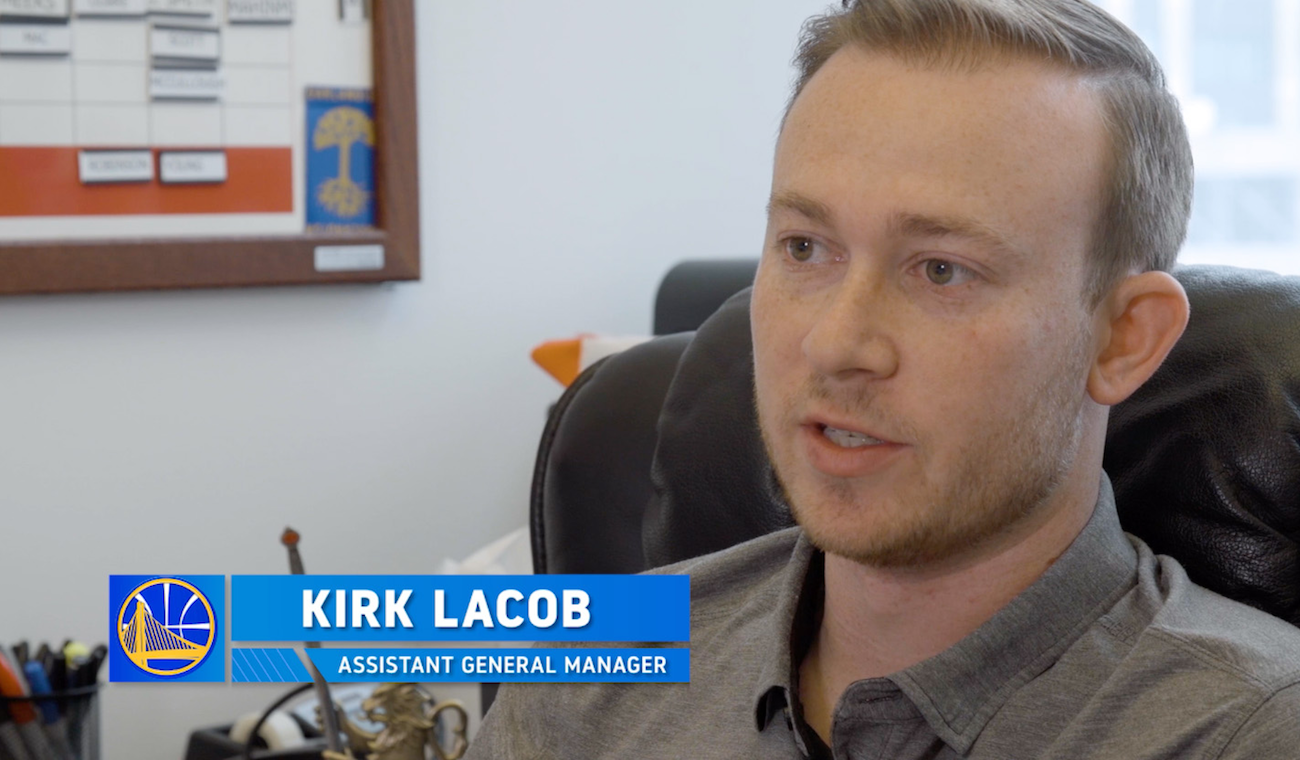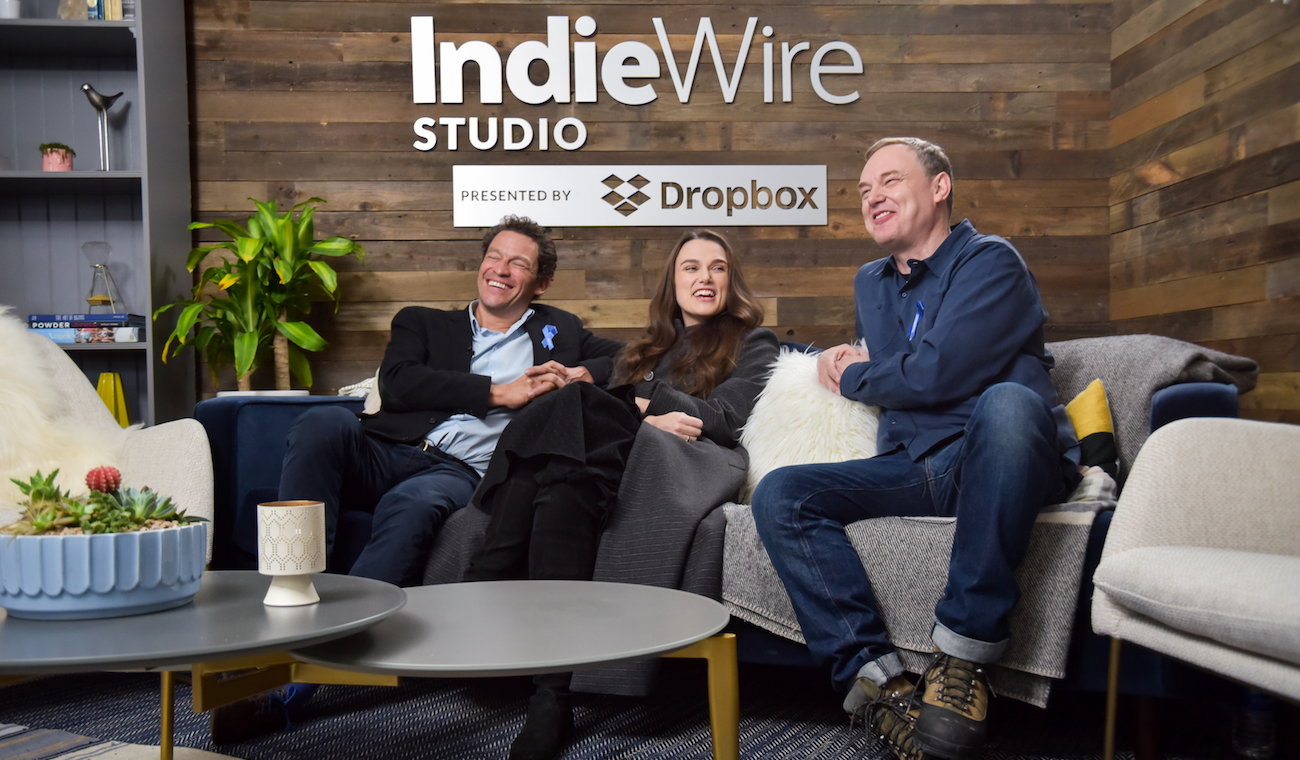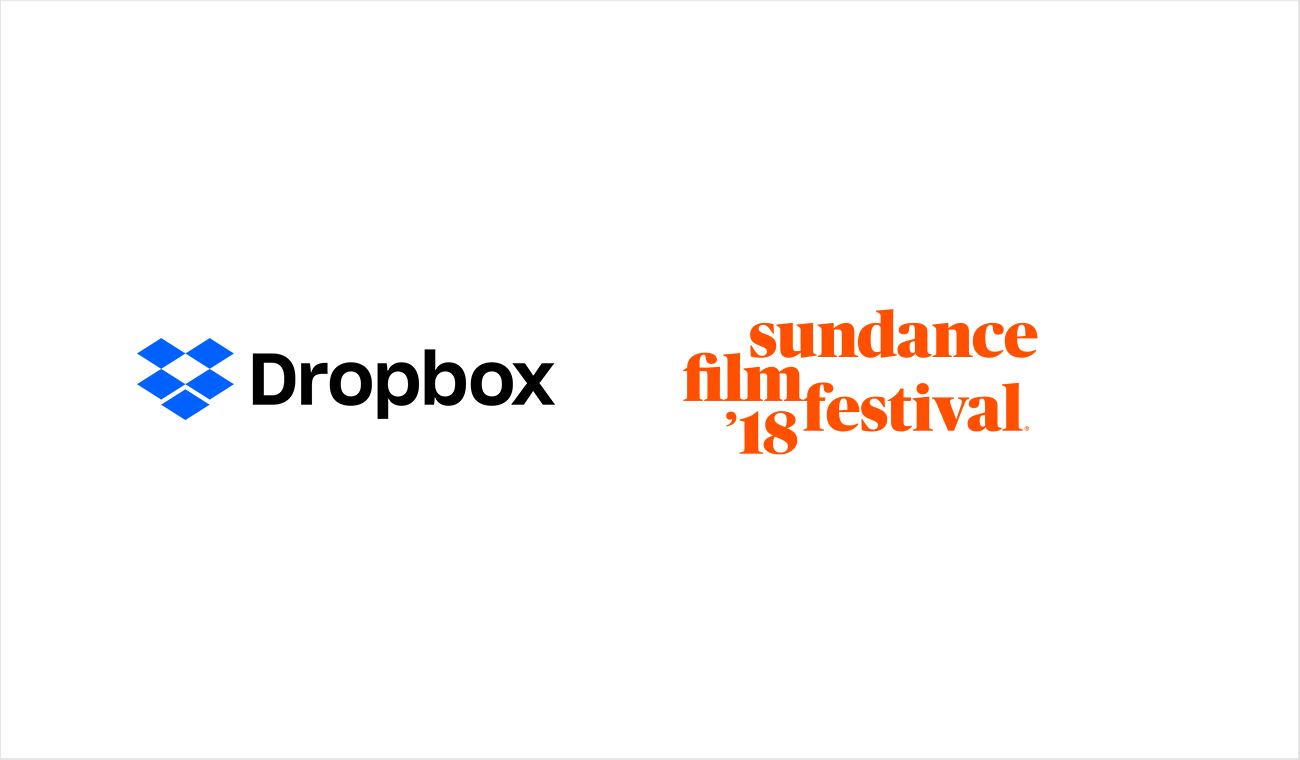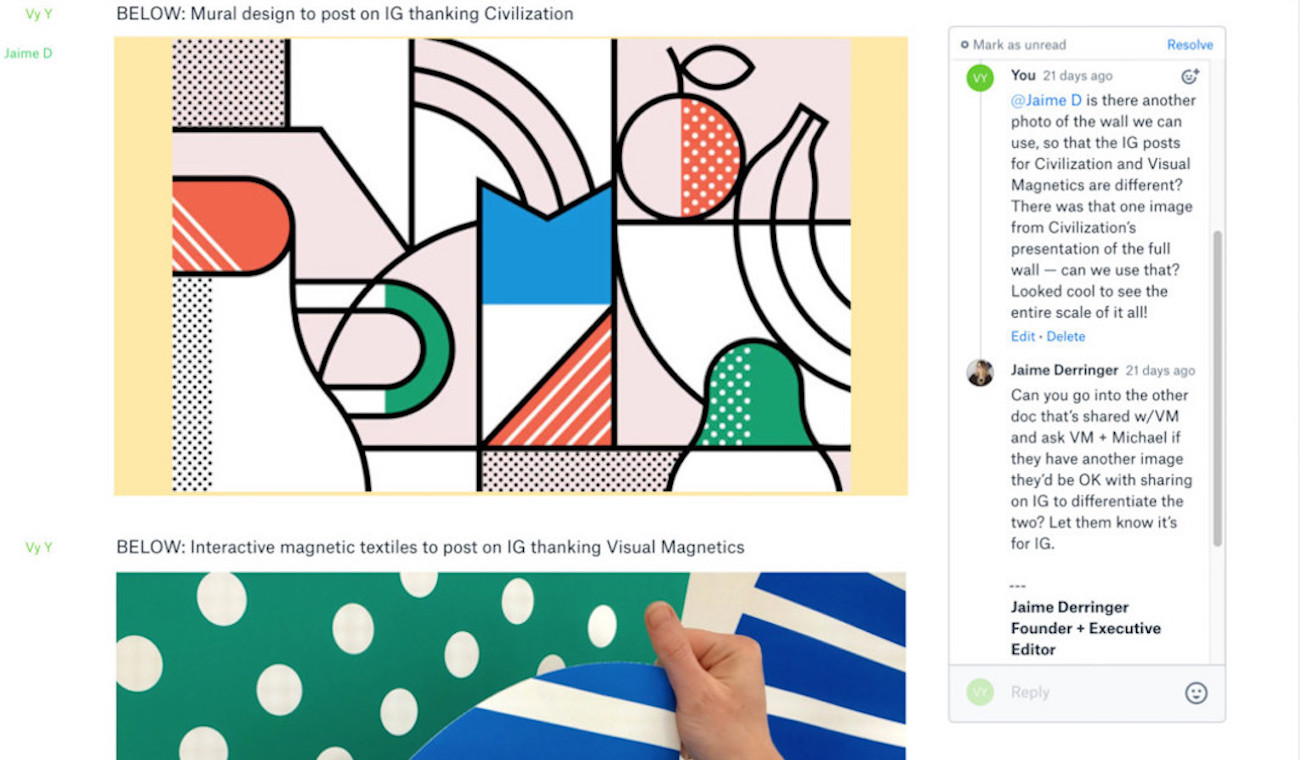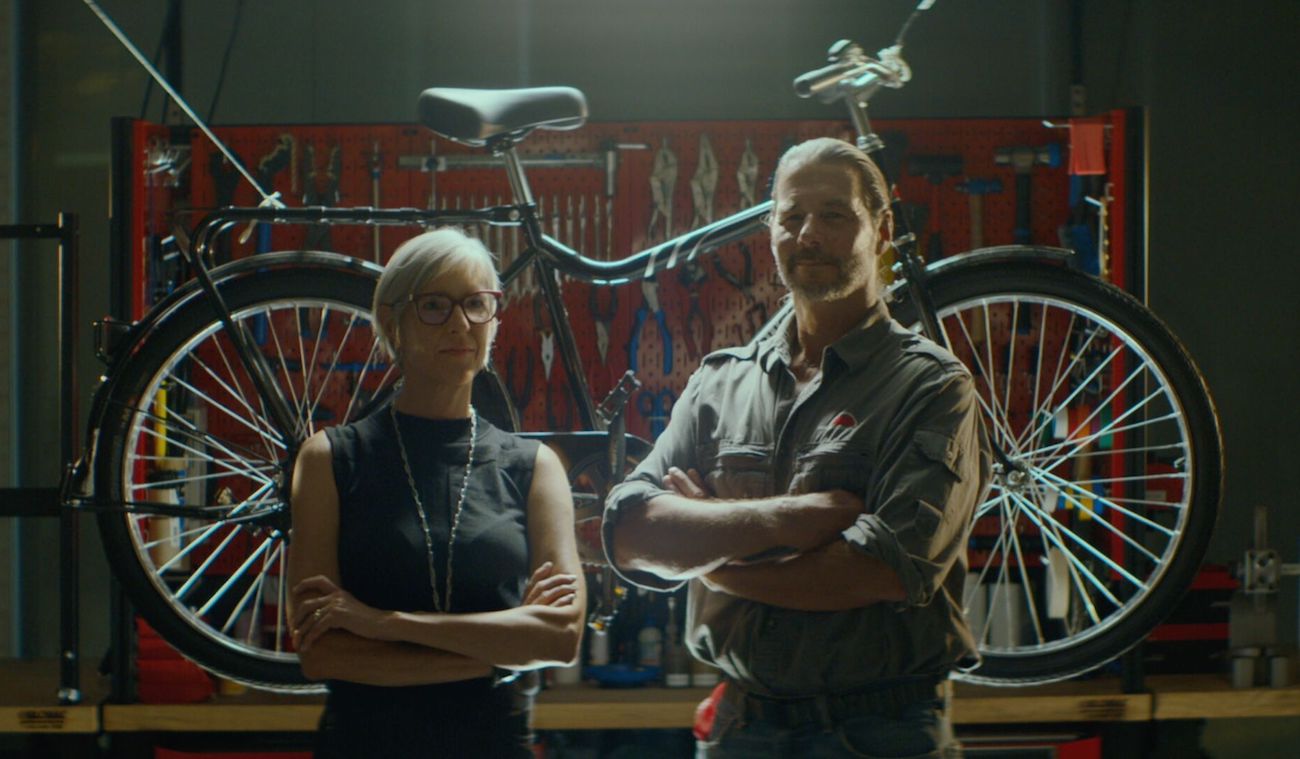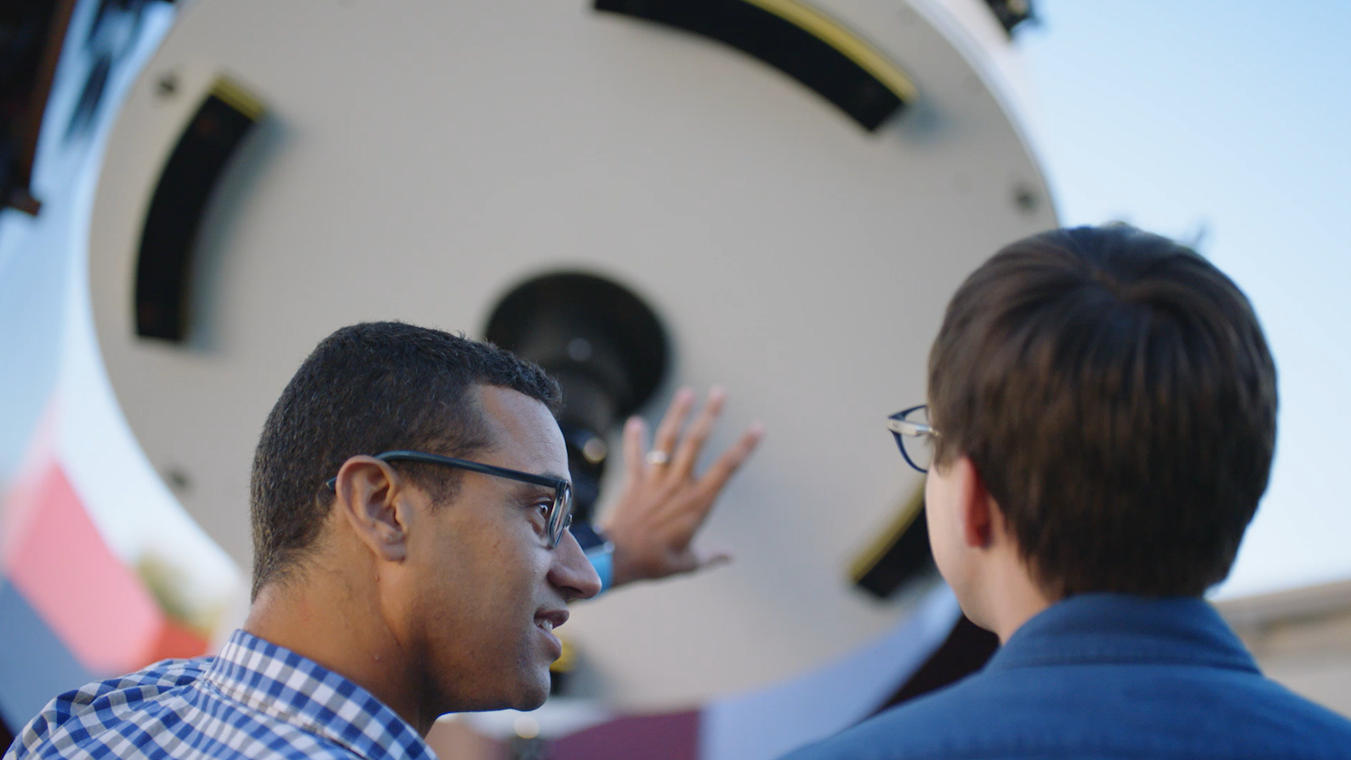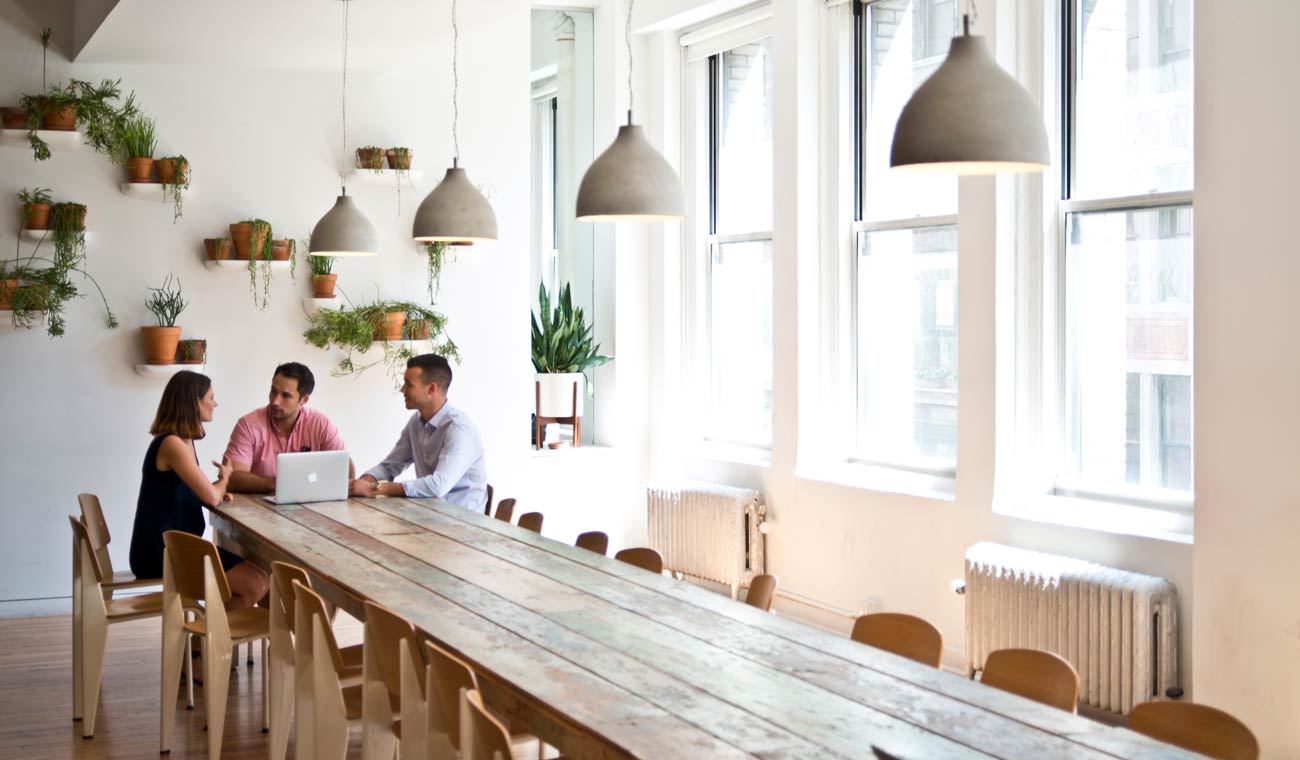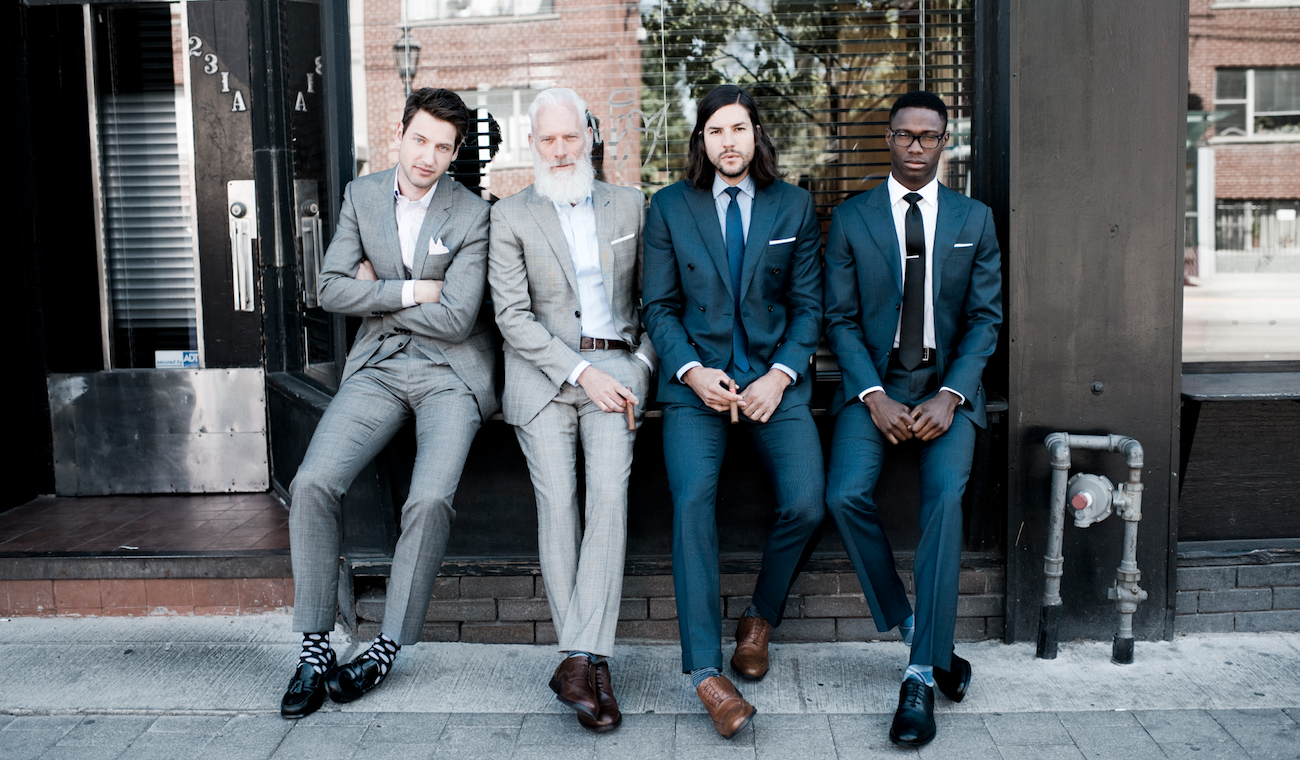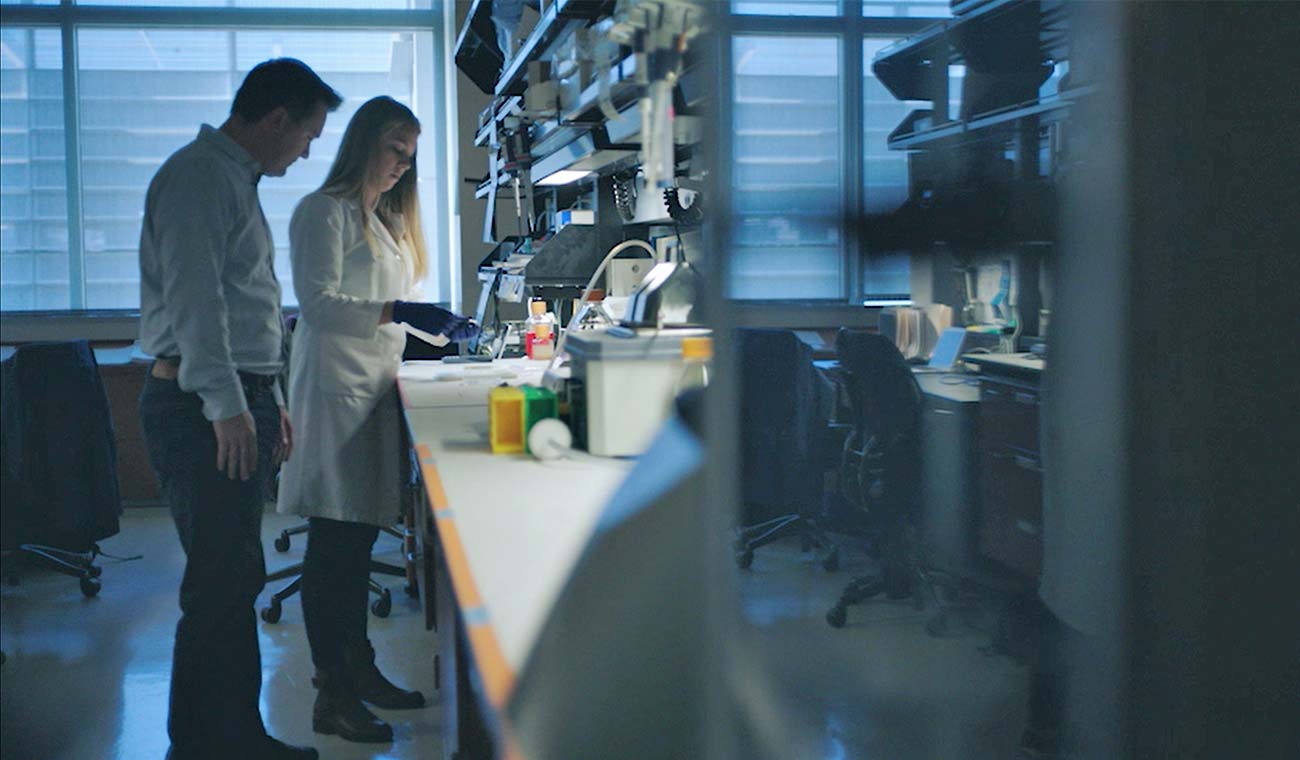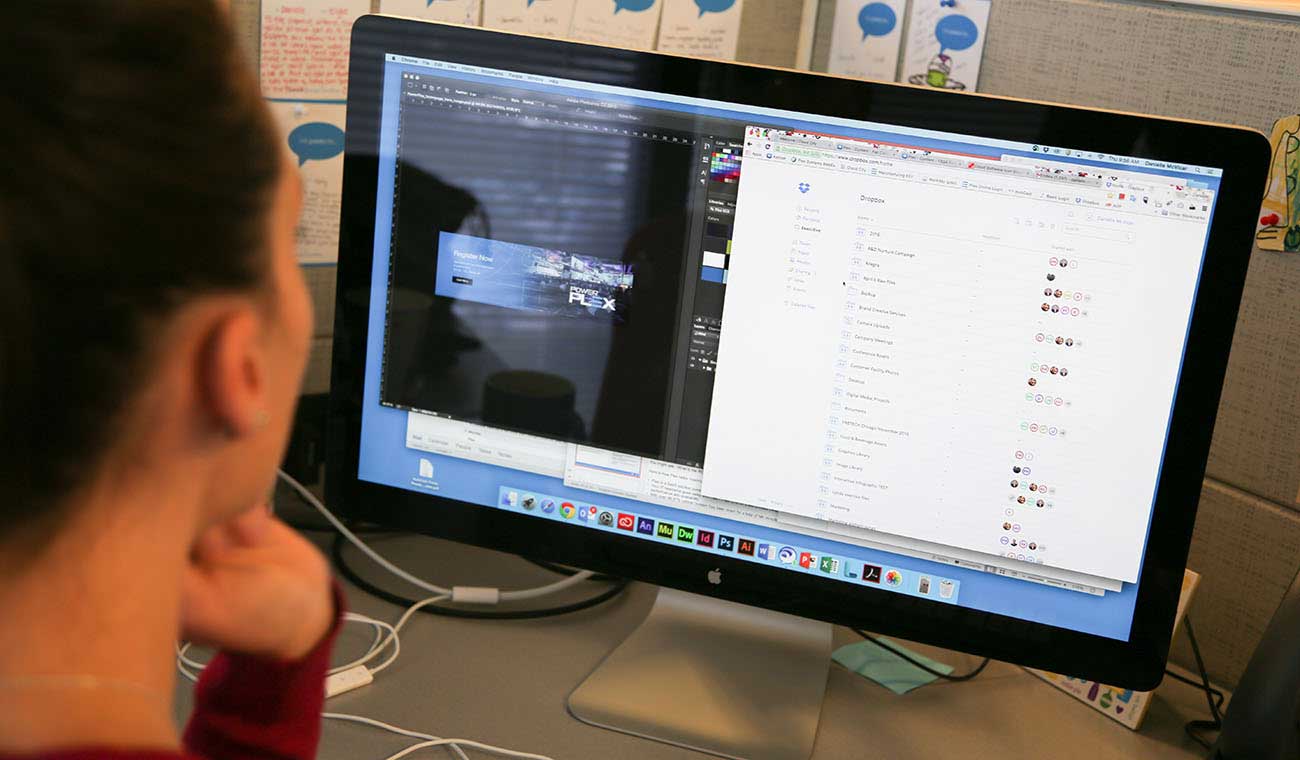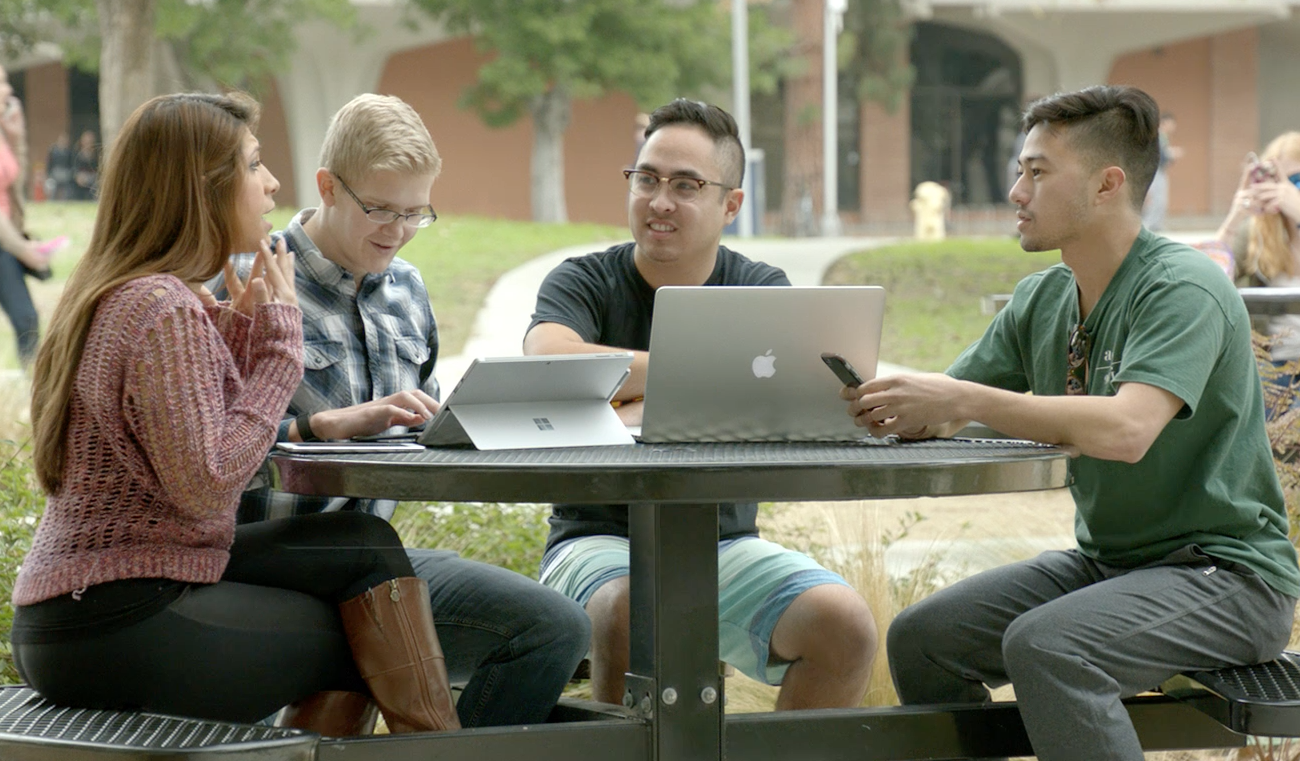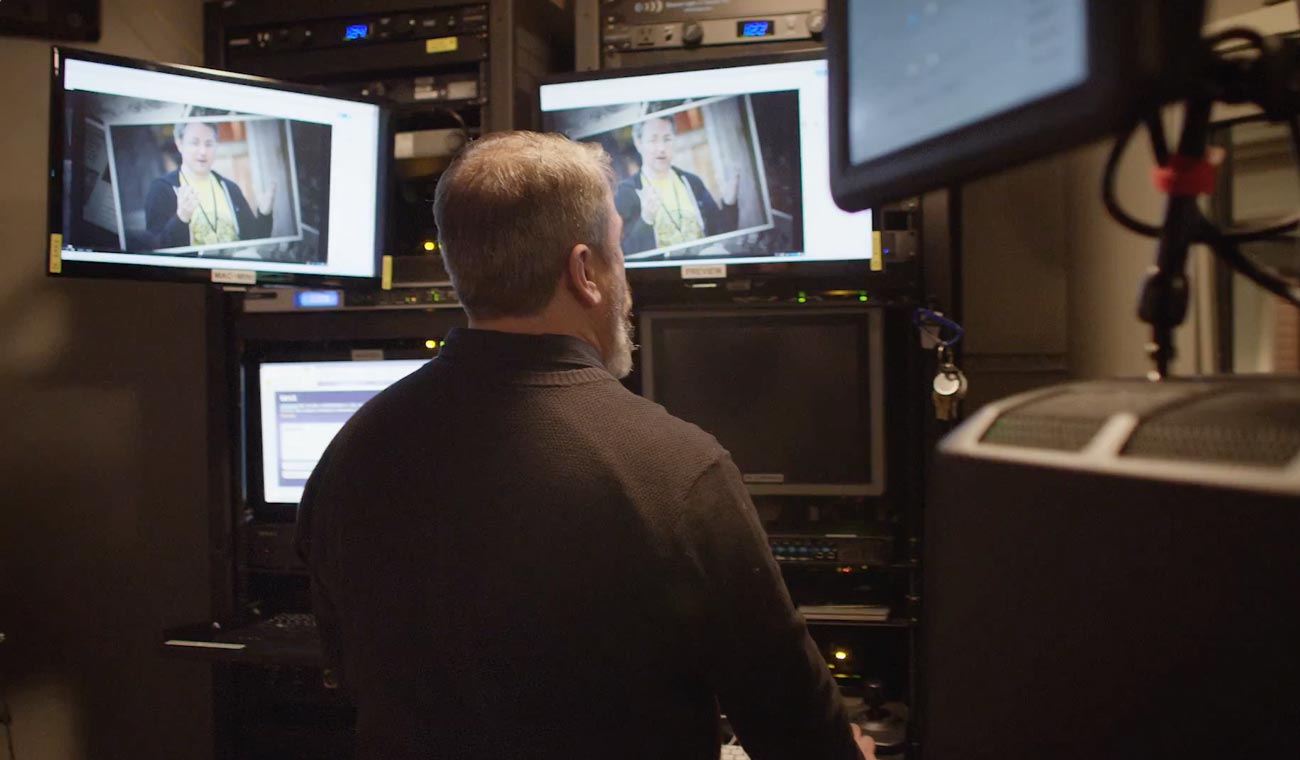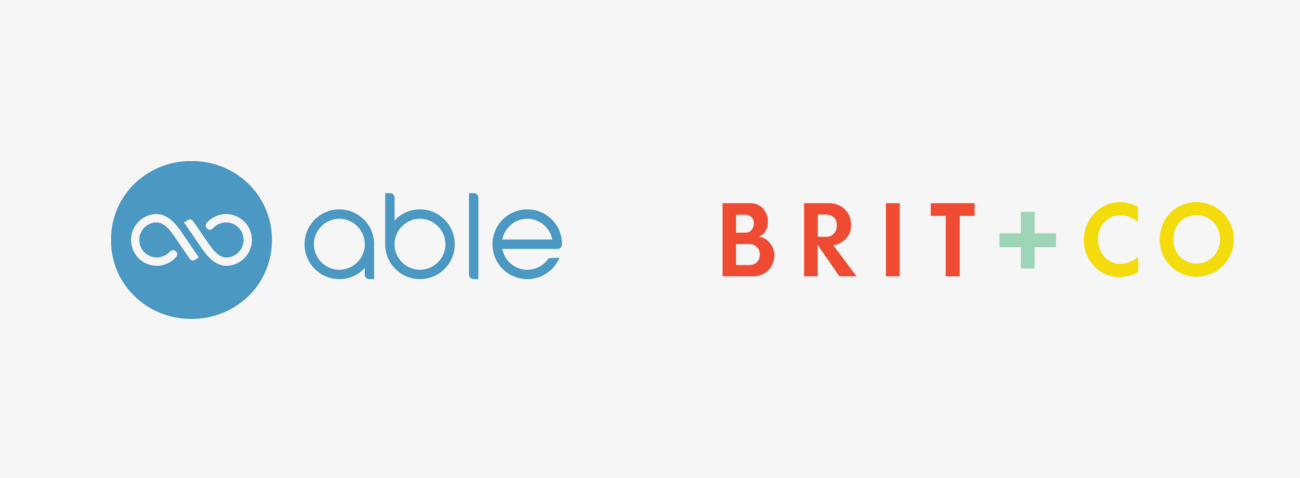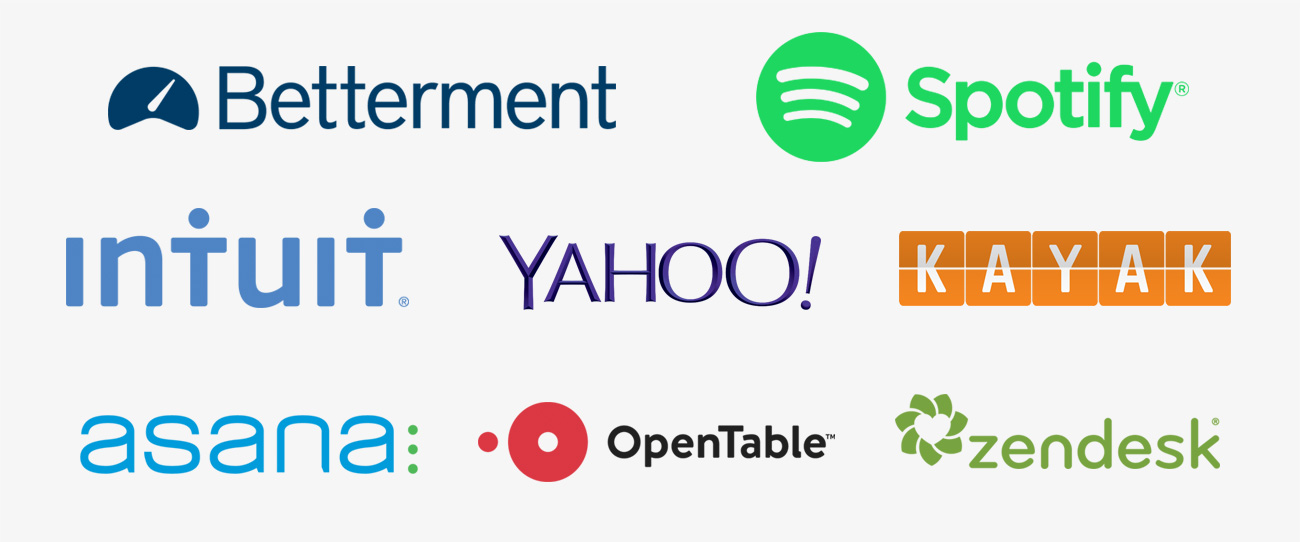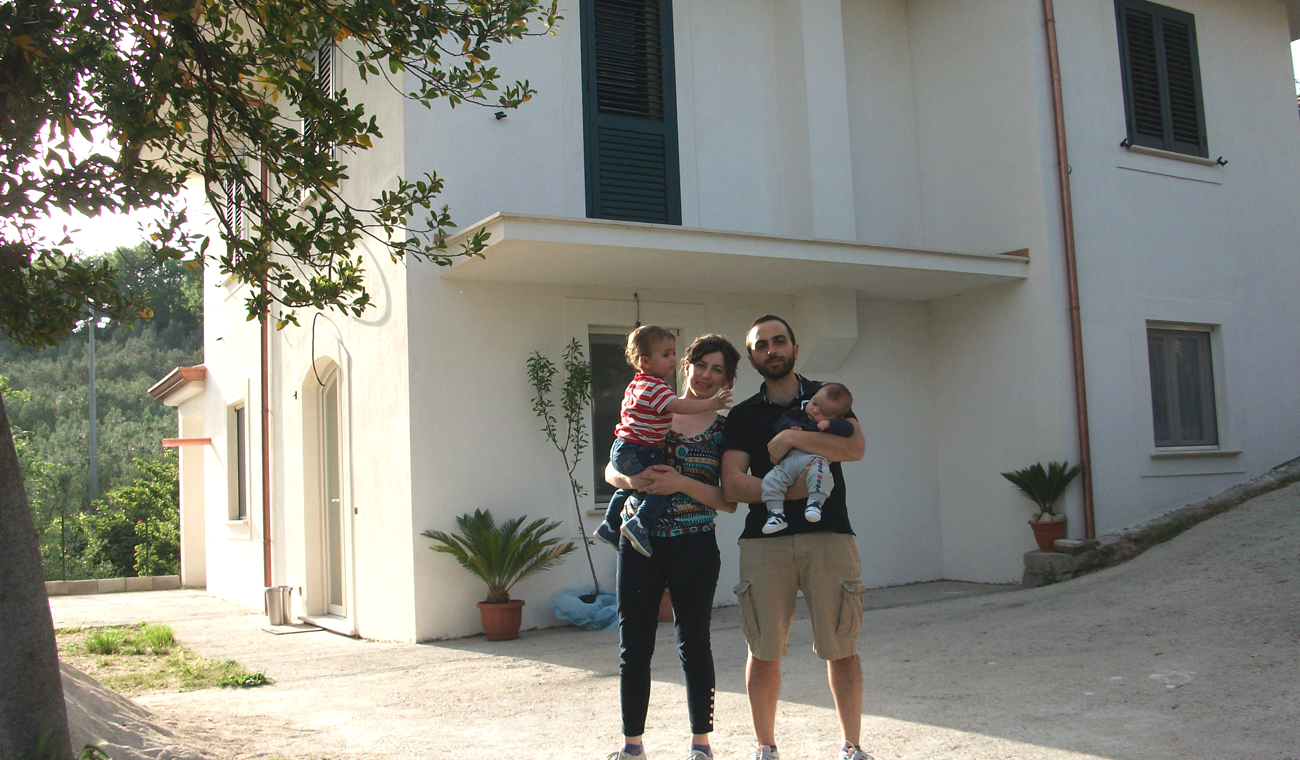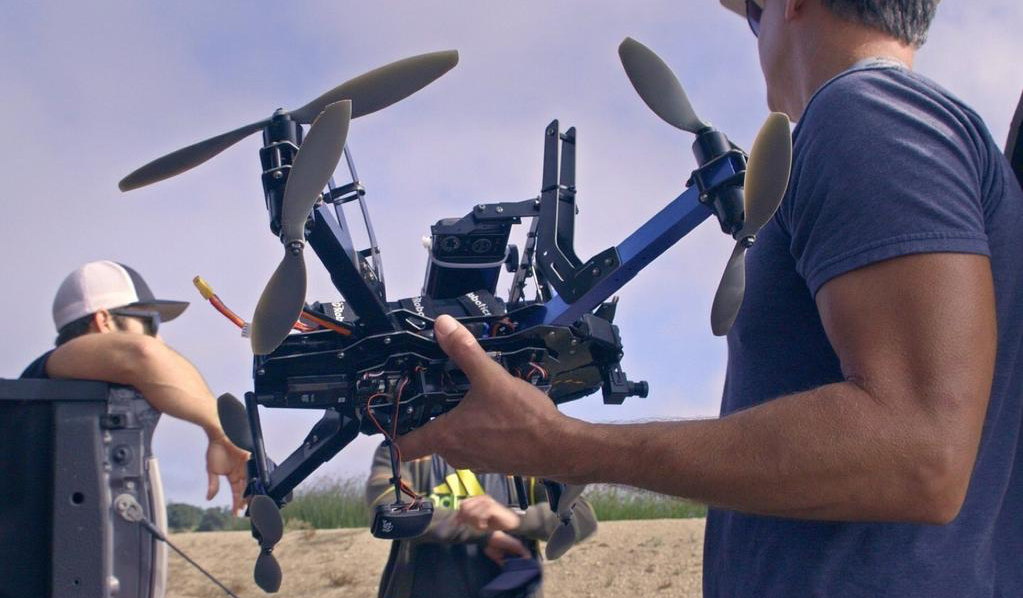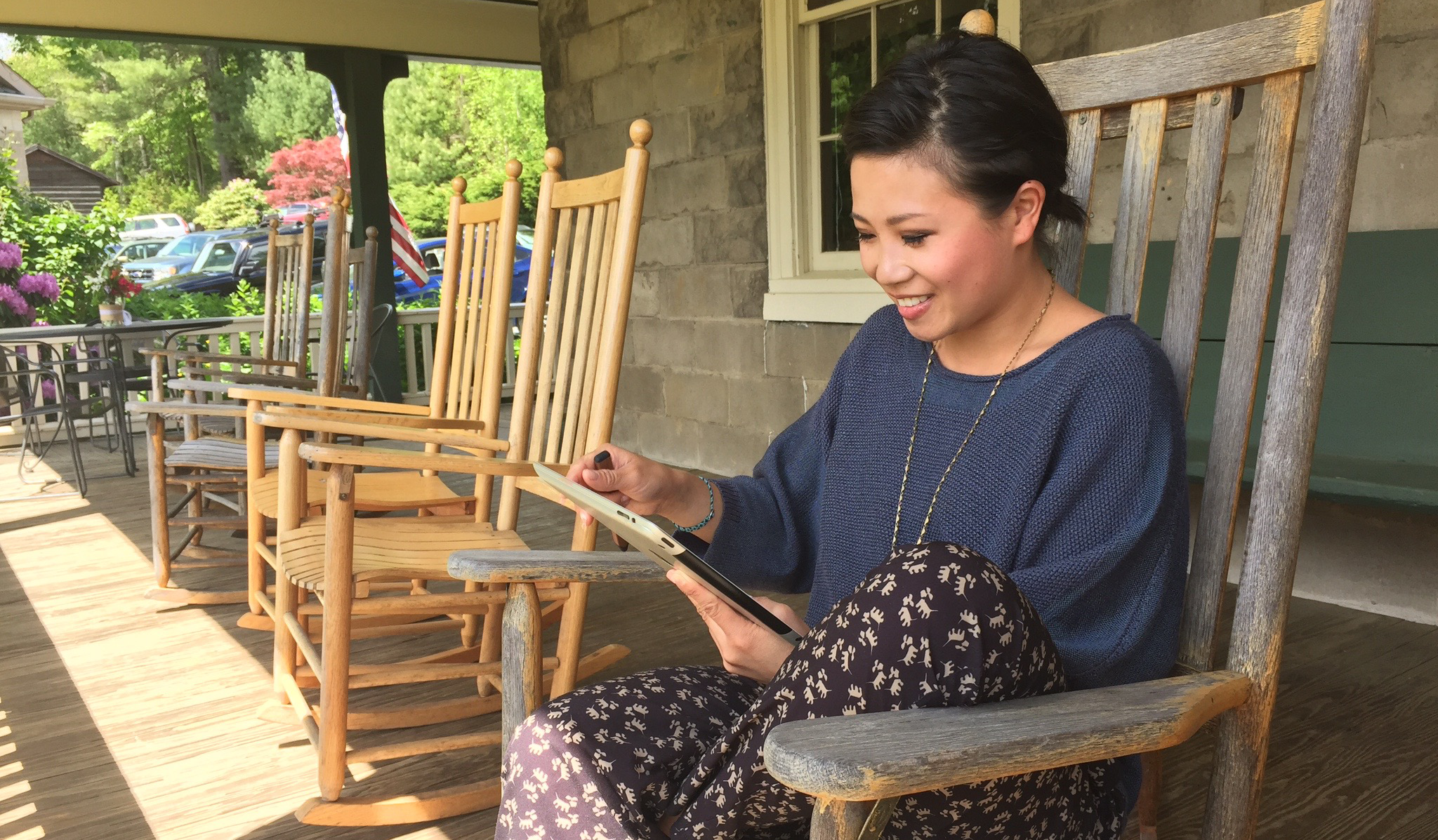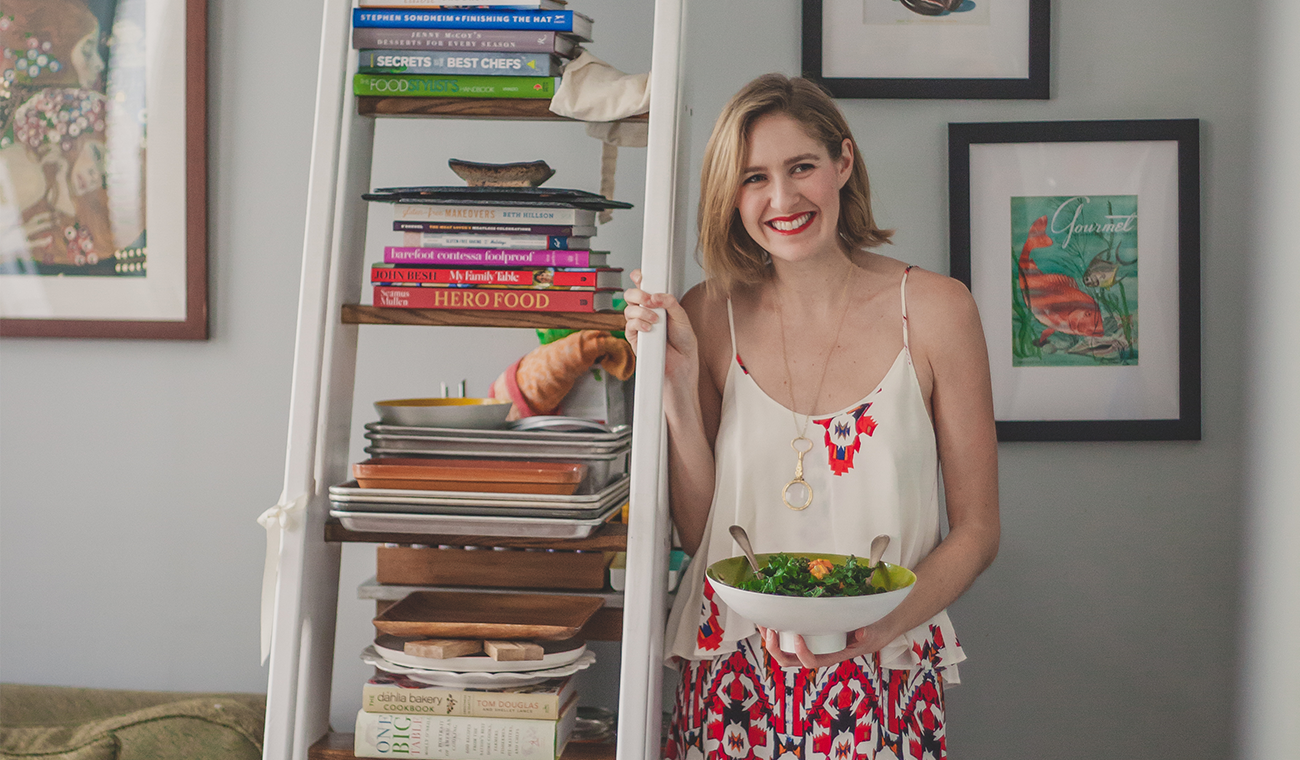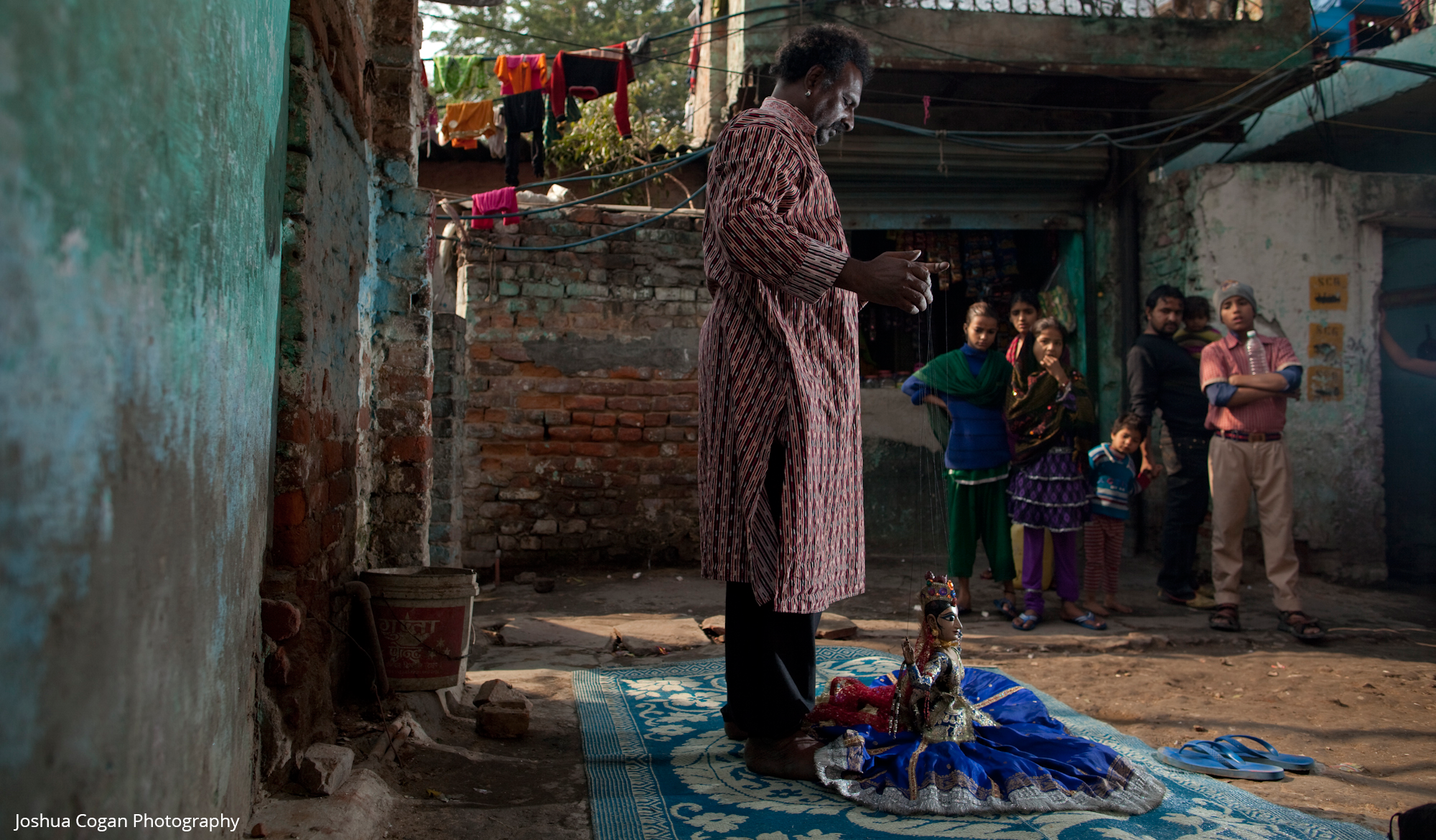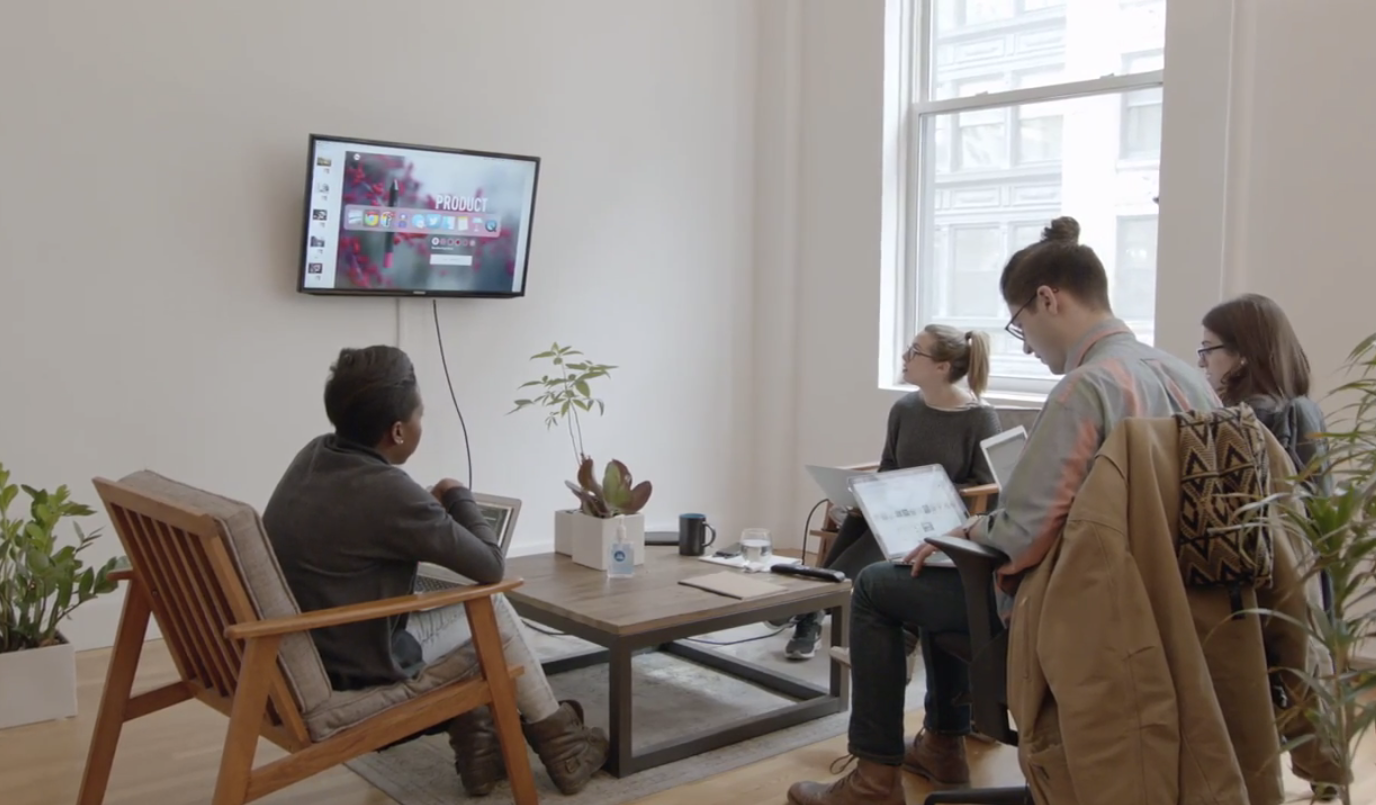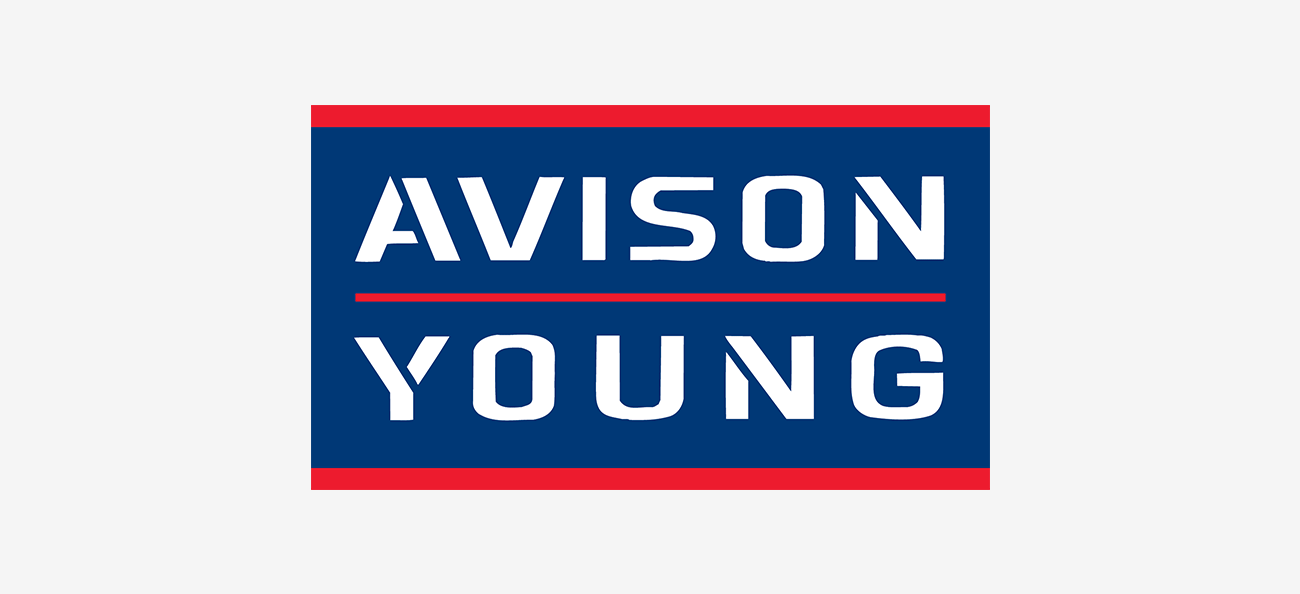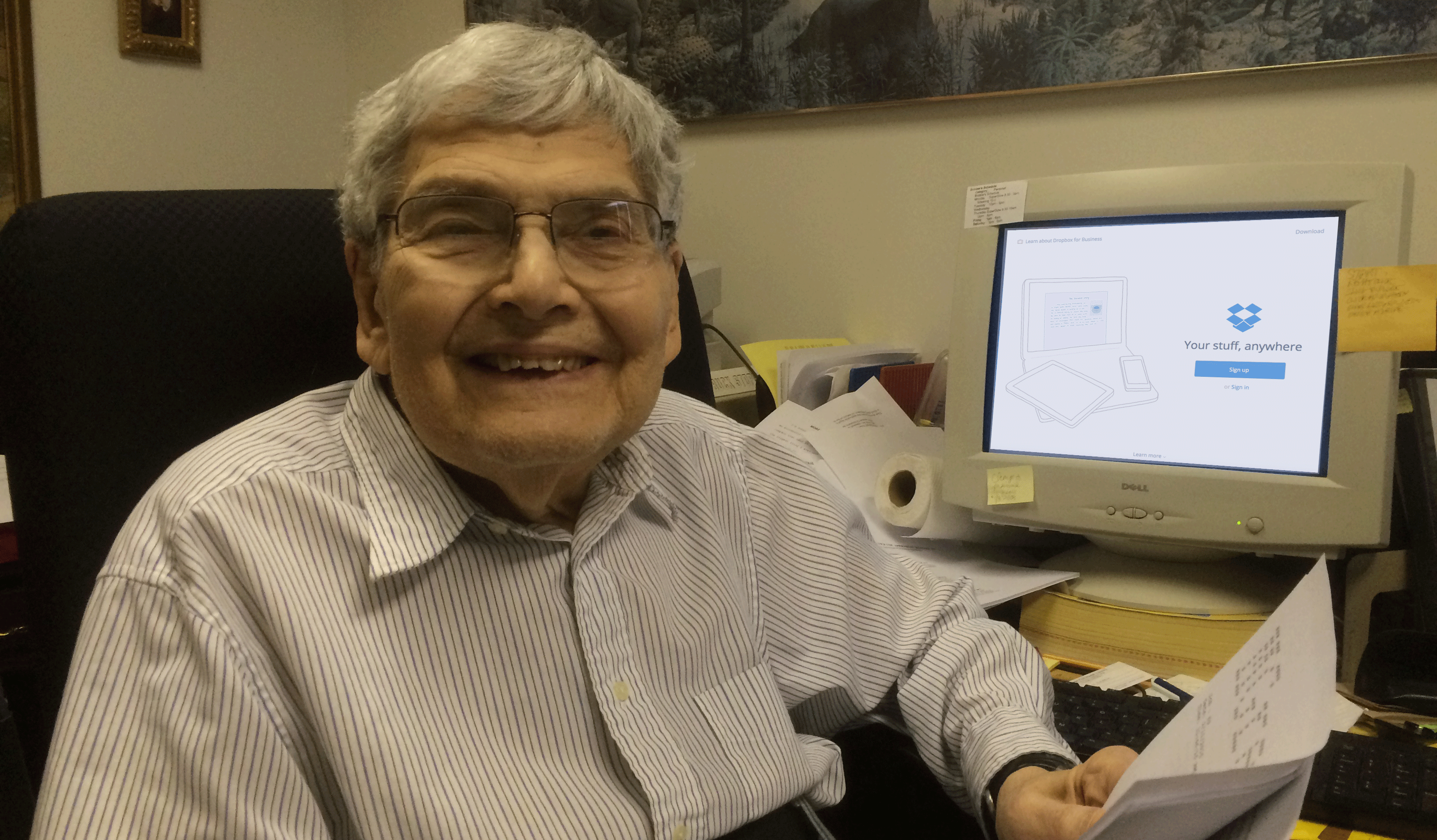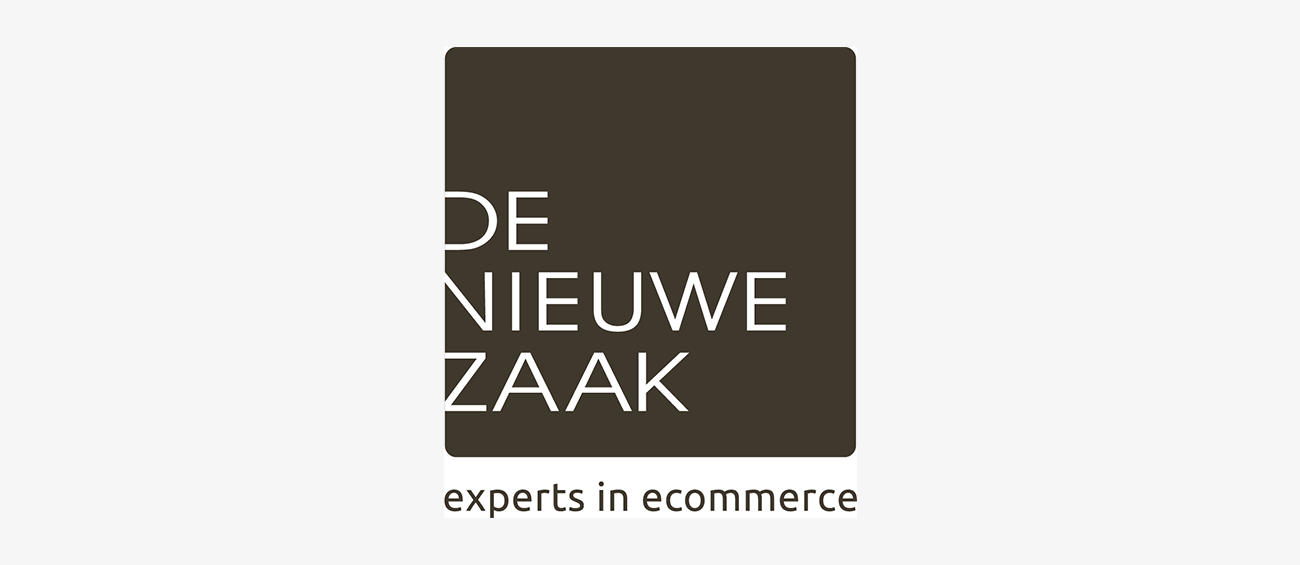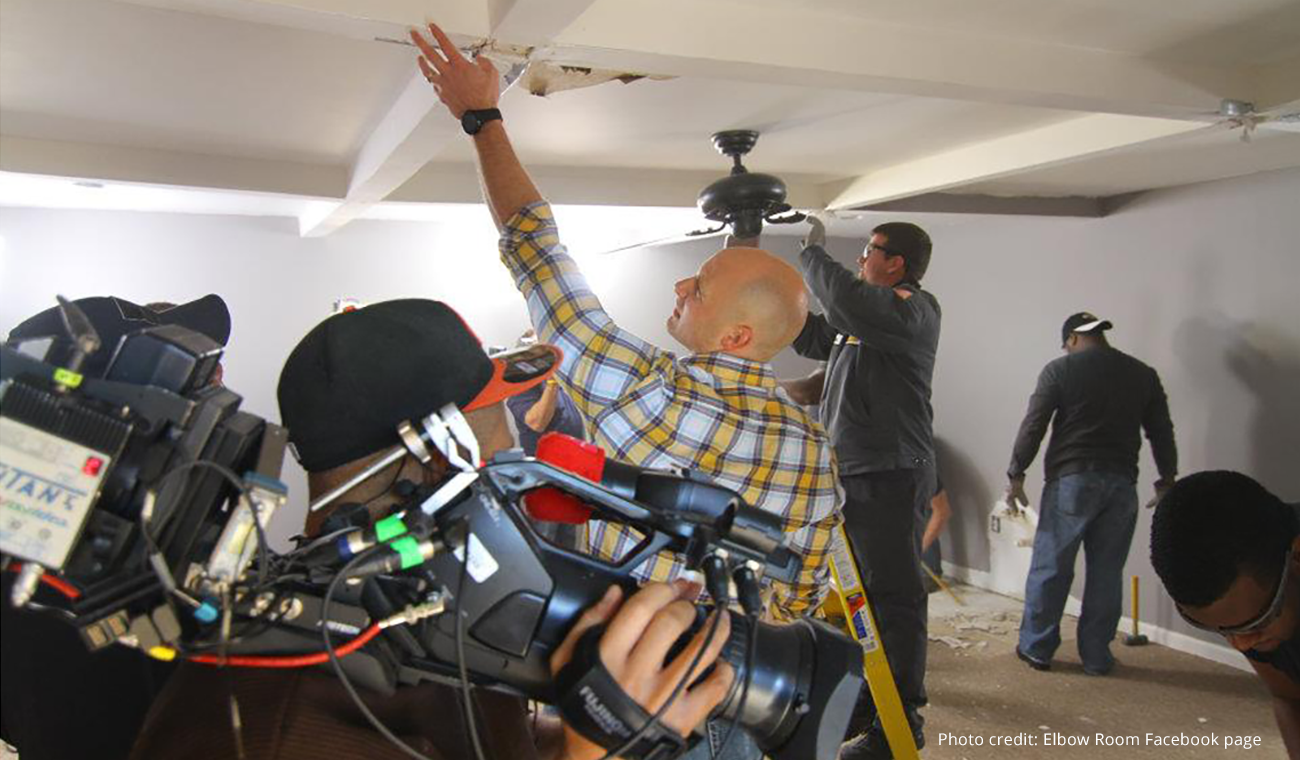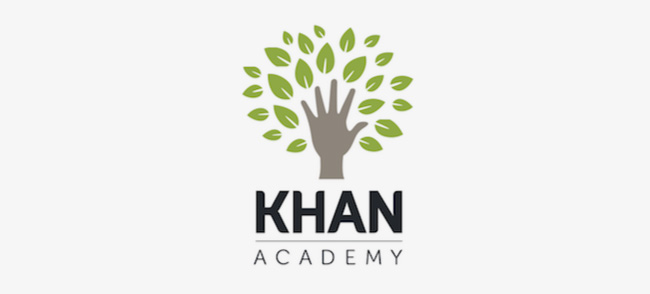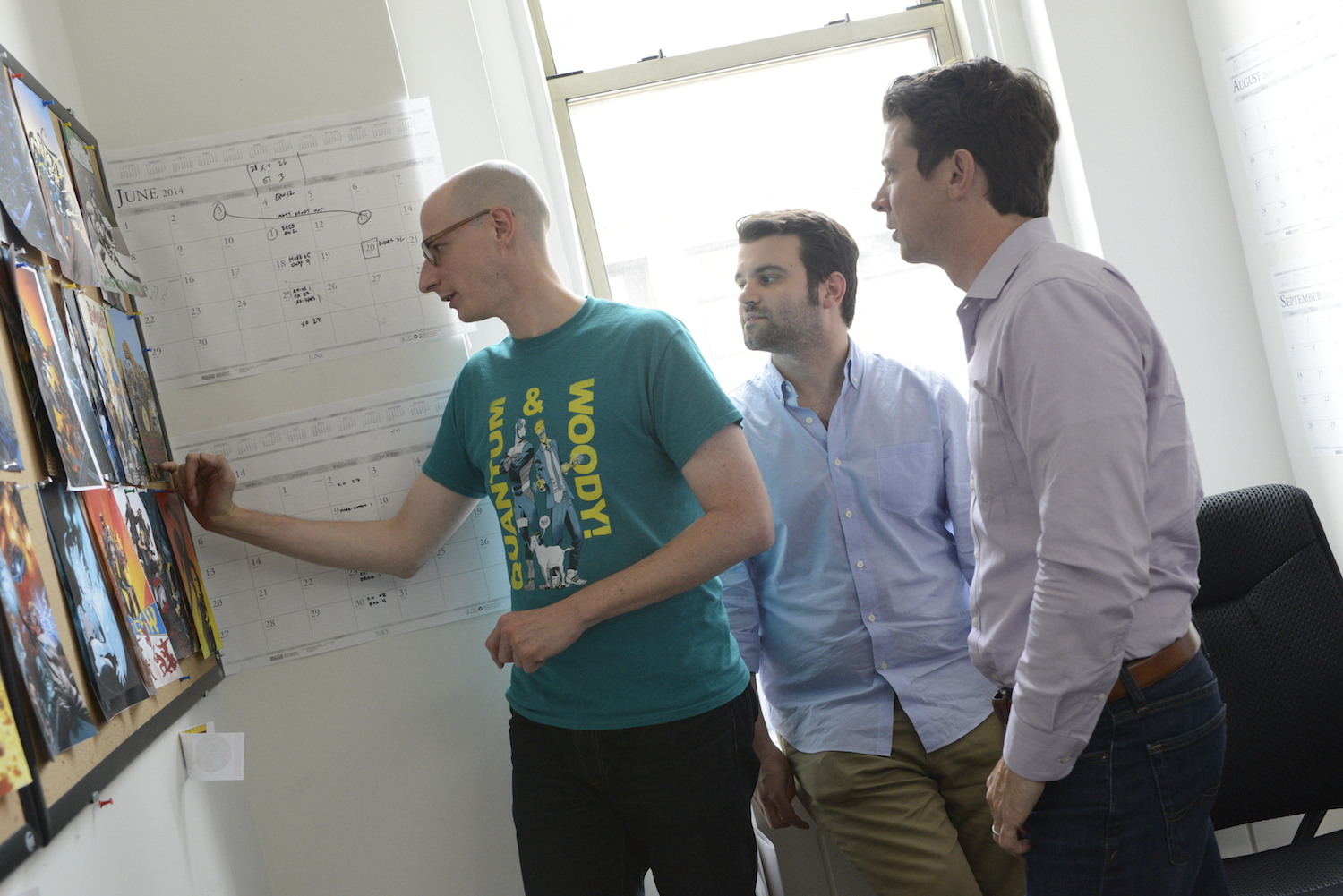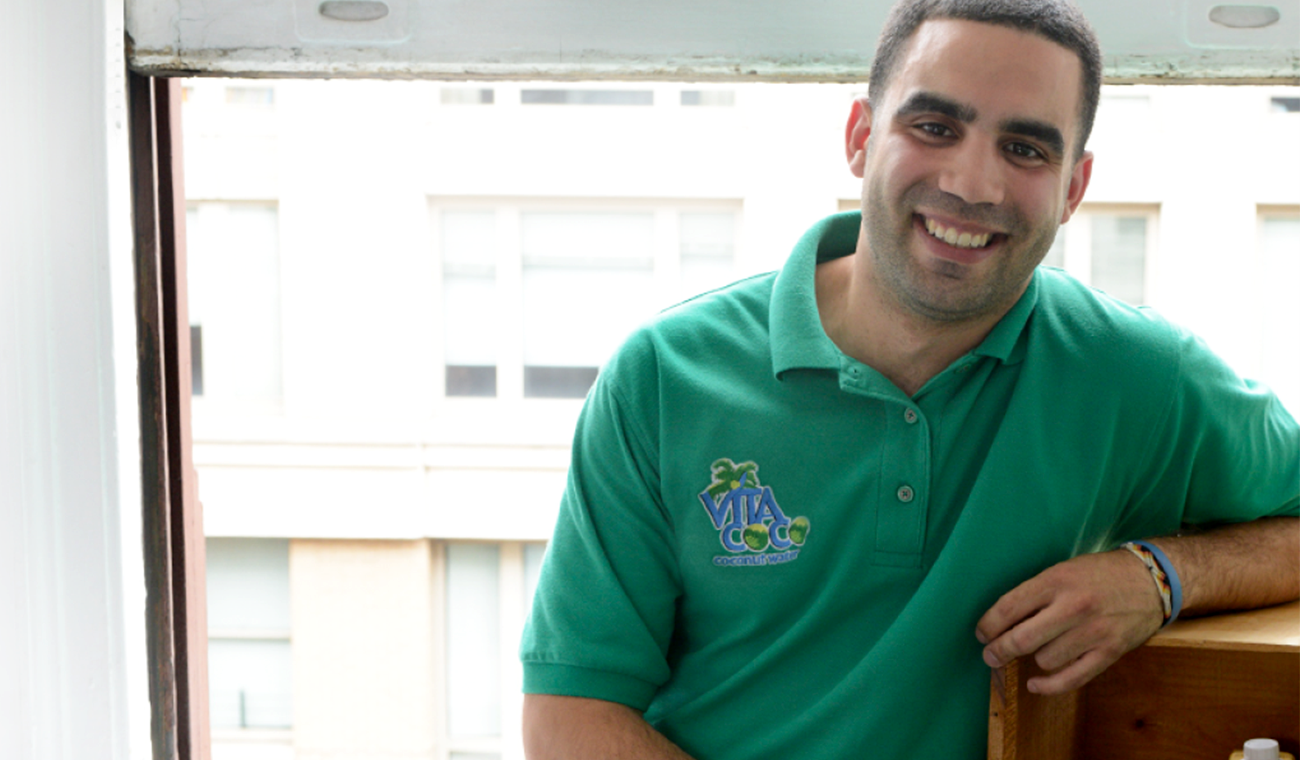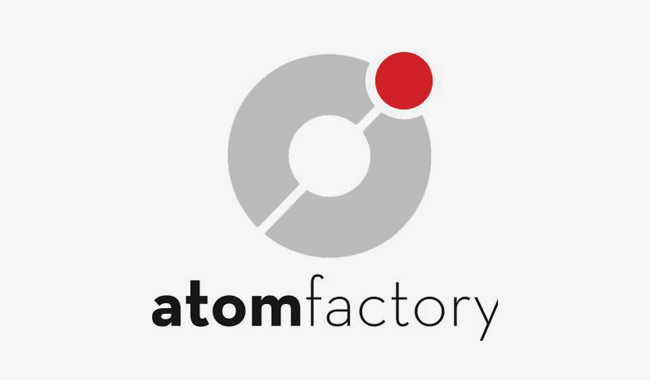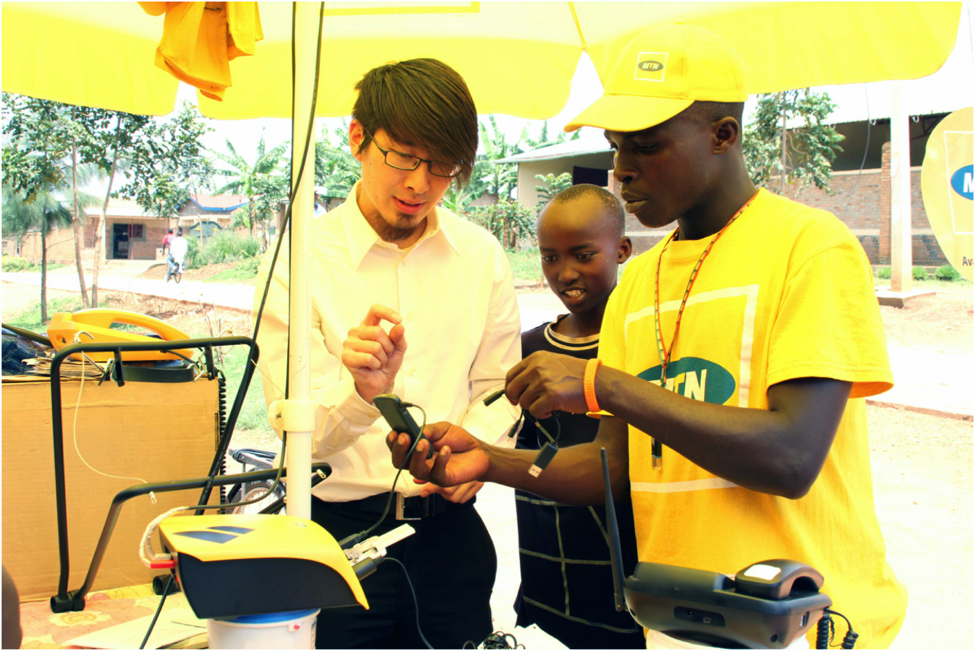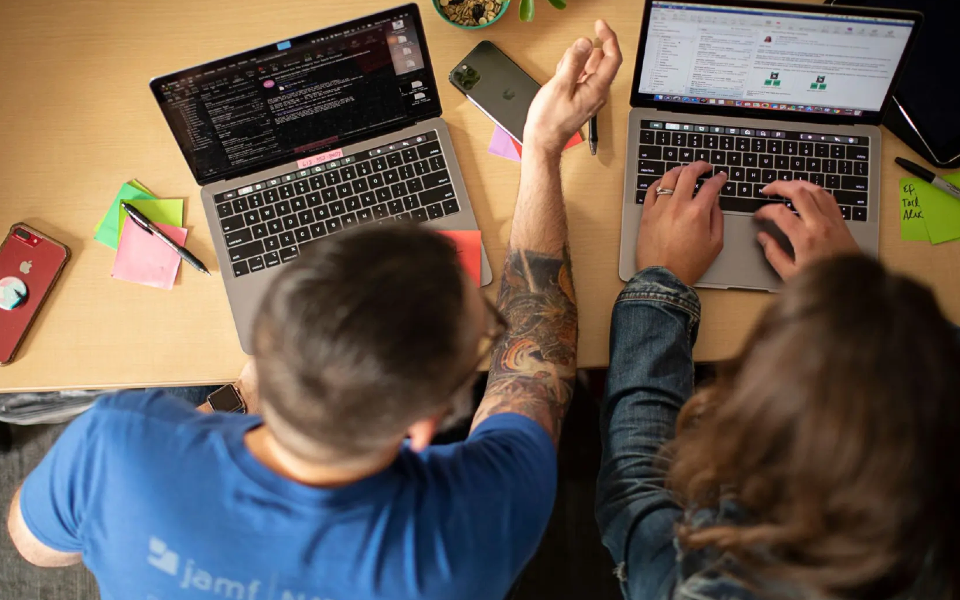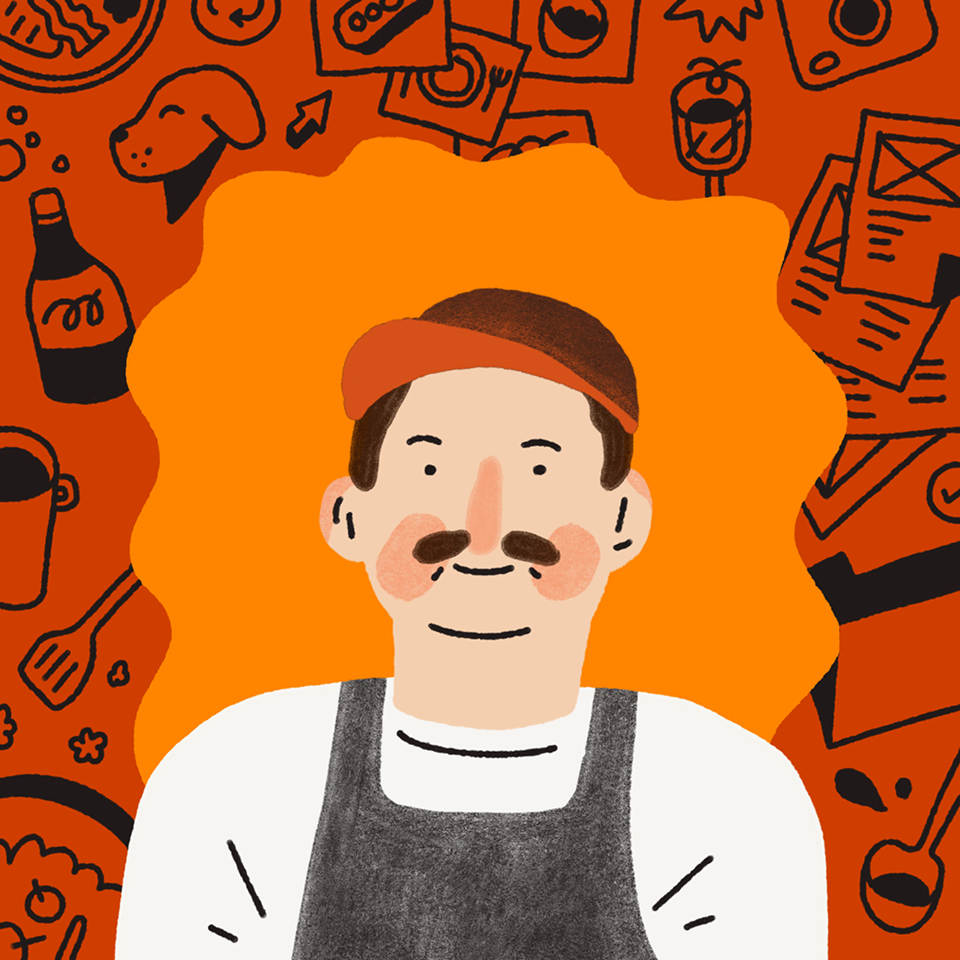
Order up! How getting organized helps this Atlanta chef serve dinner and a digital cookbook
Published on July 17, 2025
Parents of picky eaters, take heart: You might just have a future chef on your hands.
Take Jarrett Stieber for example. Today, his restaurant Little Bear in Atlanta is known for its inventive blend of Jewish-Szechuan cuisine made from hyper-local ingredients. But, even as an aspiring chef, he was a fussy eater.
“’You can’t be a good chef if you don’t like crème-fraîche,’” Stieber recalls his grandfather scolding him during a visit to Germany. “’Try everything at least twice, if not three times, before you make up your mind on whether you like [it] or not.’ I was convinced, in all my wisdom as a 12 or 13 year old, that I could still work around it. He gave me the cold shoulder for the rest of the trip.”
Stieber’s palate has evolved since Crème-Fraîche Gate. Past Little Bear dishes include steak tartare dressed in black-clam-and-garlic purée and a fragrant fennel sauce as well as trout lox and knishes filled with creamed collard greens and an oyster-and-yuzu dressing, perfect for sopping.
“We try to give people an accurate reflection of what’s in season at this given moment in time around Atlanta,” he explains, “[so] we are forced to be flexible, ever-changing, and creative.”
Stieber brings that same energy to his new project, Foodin’ with Fernando. It’s a subscription-based community that’s part chef-owner diary, part cookbook. Stieber walks subscribers through the ups and downs of running a restaurant, while showing them how to make their favorite Little Bear dishes and cocktails at home. You’ll even learn how to make pastrami-flavored crème-fraîche.
“Turns out he was right,” Stieber says of his grandpa. “I love crème-fraîche now.”
While the recipes in Foodin’ with Fernando come straight from Little Bear’s kitchen, the process of getting them onto people’s tables differs.
During dining service, the back of the house is in a constant state of “tightly controlled chaos,” Stieber says. “Like watching a subway full of people in Tokyo.” Foodin’ With Fernando has more breathing room. Stieber schedules monthly photo shoots with a local photographer and uses Dropbox shared folders to determine the best pictures for the coming month’s release. Using Dropbox to collaborate and keep things organized brings some much-needed order, he says. (Full disclosure: Stieber’s sister works at Dropbox, but he swears he was a fan before that.)
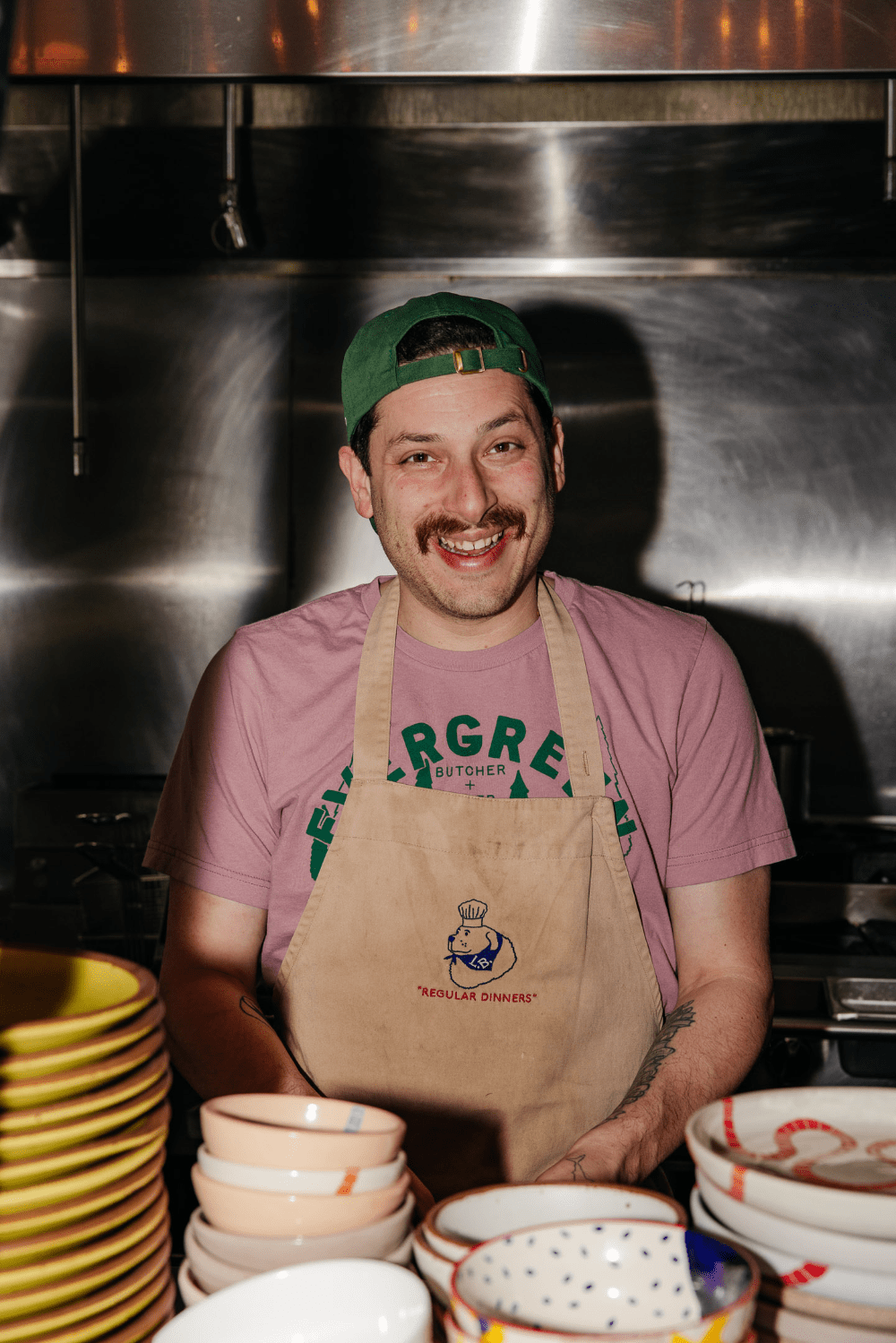
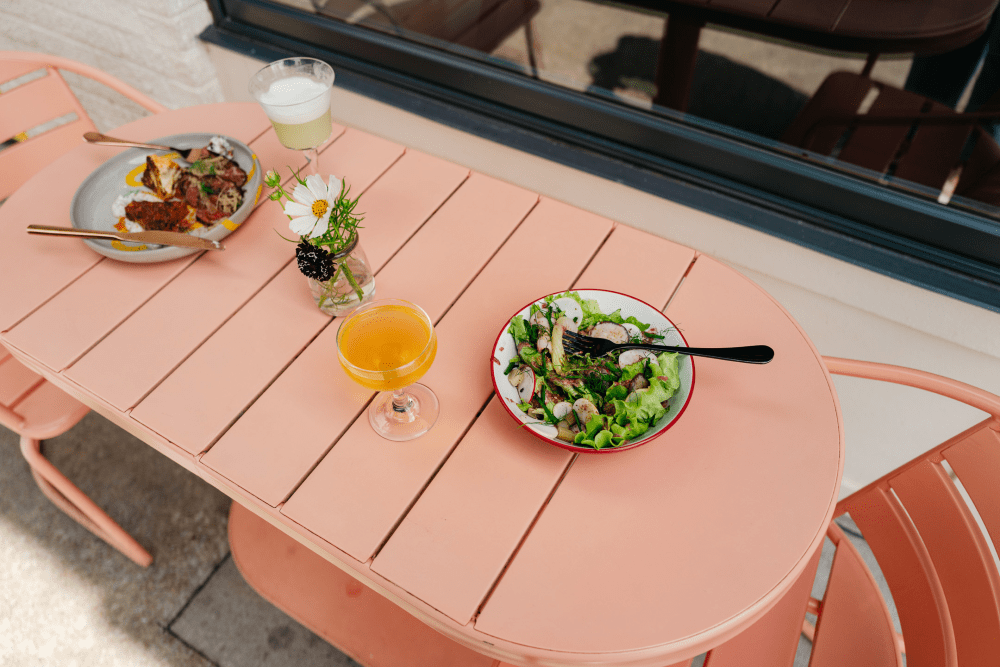
“We can’t cook and prep through Dropbox,” Stieber says. “So being able to use it for everything [else] … [creates] a more streamlined process. That functionally makes it easier than having to be like, Wait. Was this in my email? Was it in a text? Was it in Google Sheets? Is it Google Drive? It’s all in Dropbox.”
With Dropbox keeping the creative chaos in check, Stieber can focus on feeding people’s curiosity and appetites. We asked him to tell us more about his inspirations and how he gets new content out to subscribers every month.
What inspired you to make Jewish and Szechuan flavors your calling card?
It started in December 2020. We were still doing takeout only. The holidays are normally when restaurants make all their money for the year, so we needed to find a way to steer people in.
Growing up Jewish, all you could do at that time of the year was go to Chinese restaurants because everything else was closed. So I said, “Let’s do Jewish-Chinese food for the month.” We started with what you’d expect: Chinese hot-and-sour matzo ball soup, mapo tofu with pastrami flavors, beef and broccoli with Manischewitz sweet-and-sour sauce. It was popular, so we kept doing it.
By May 2021, we wanted to plate this food and see what it looked like not jammed in a to-go box. I started researching and learned there’s a huge Eastern European Jewish population in Xinjiang Province, on the far western side of China. There’s all these similarities between Eastern European Jewish food and Xinjiang Chinese food from the Uyghur immigrants mixing their food with the Jewish immigrants. I thought, “Let’s keep exploring this.” It’s a way to learn more about my heritage and also the food I’m most interested in within Chinese cooking.
“I spend all month oscillating between stages of procrastination, stress, frustration, and ferocious creativity.”
The name of your restaurant and digital cookbook each refer to you and your wife’s late dog, Fernando, a giant Great Pyrenees. What was Fernando’s favorite treat?
Ooof. He had so many. He was so food-motivated. If he had to pick one thing to eat, I think he would pick desserts. He was also pretty bougie. My dad would say, “Fernando really loves this duck pâté that I got!” And then we had to get him pâté.
How did the monthly series come about?
I enjoy writing as a creative outlet. I‘d heard from customers and friends that they’d be interested in a cookbook of mine. I’m not totally sure how to actually write and publish an honest-to-God, physical cookbook, so this seemed like a good way to start the process—kind of like how running a pop-up for seven years helped me gain my business footing before opening Little Bear as a brick-and-mortar.
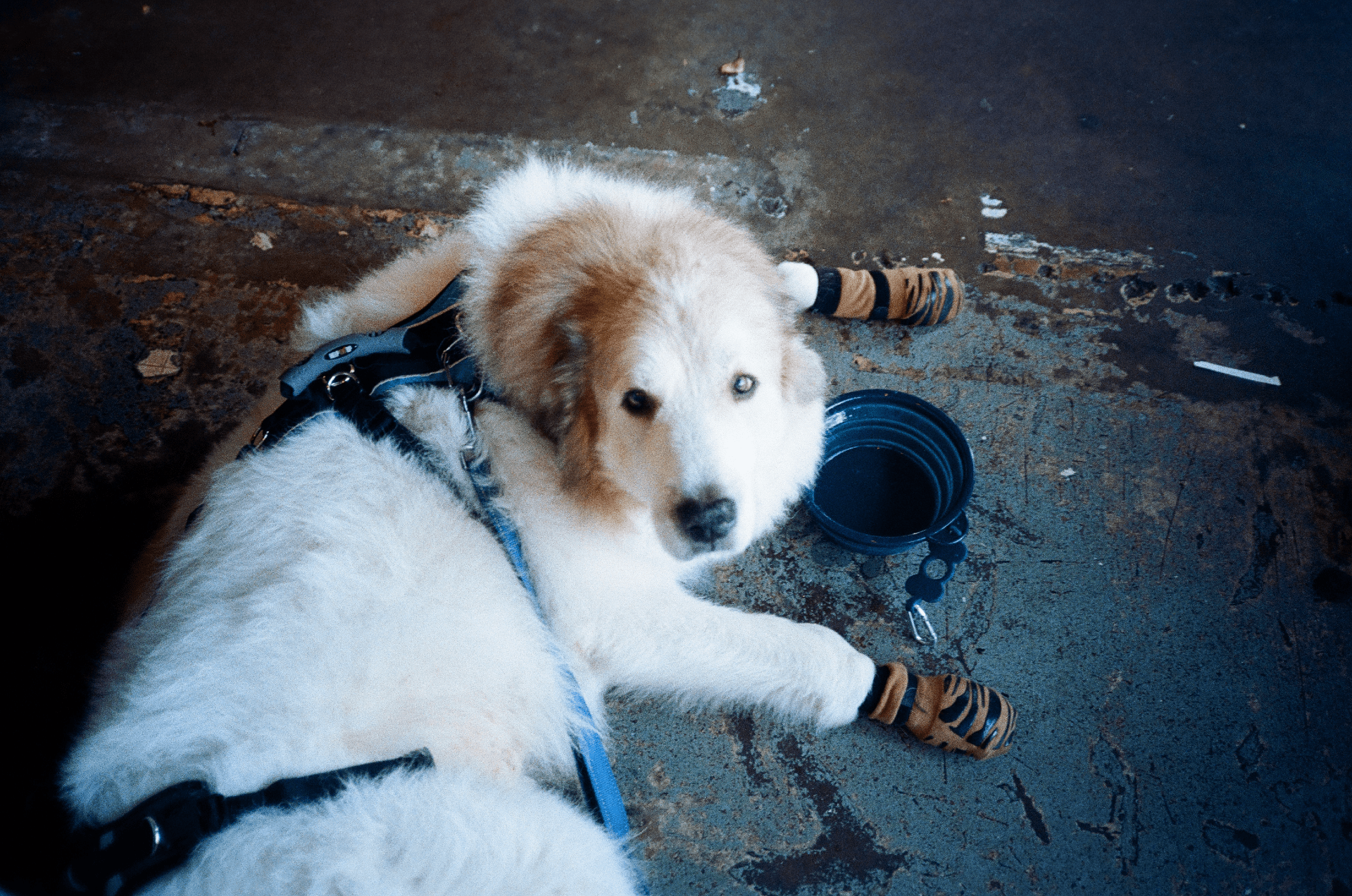
How do you get an idea for a dish out of your head and onto the plate?
The menu is basically just like playing Tetris. We get a weekly list from the farms we buy from and order off those. Then I look at what we ordered: Okay, this goes here. This goes there. Does this have a star ingredient? How do we balance it with color, with texture? And we want multiple sauces on every dish. That’s a big thing with Little Bear—it’s never just one sauce.
And what does that mean for Foodin’ with Fernando’s production schedule?
I spend all month oscillating between stages of procrastination, stress, frustration, and ferocious creativity. I don’t know what I’m gonna do until we get close to the photo shoot date. We’re always projecting: Like, you’re reading this in July, but I’m writing it in June. So I’m trying to pick dishes and drinks that have the best chance of still being on the menu.
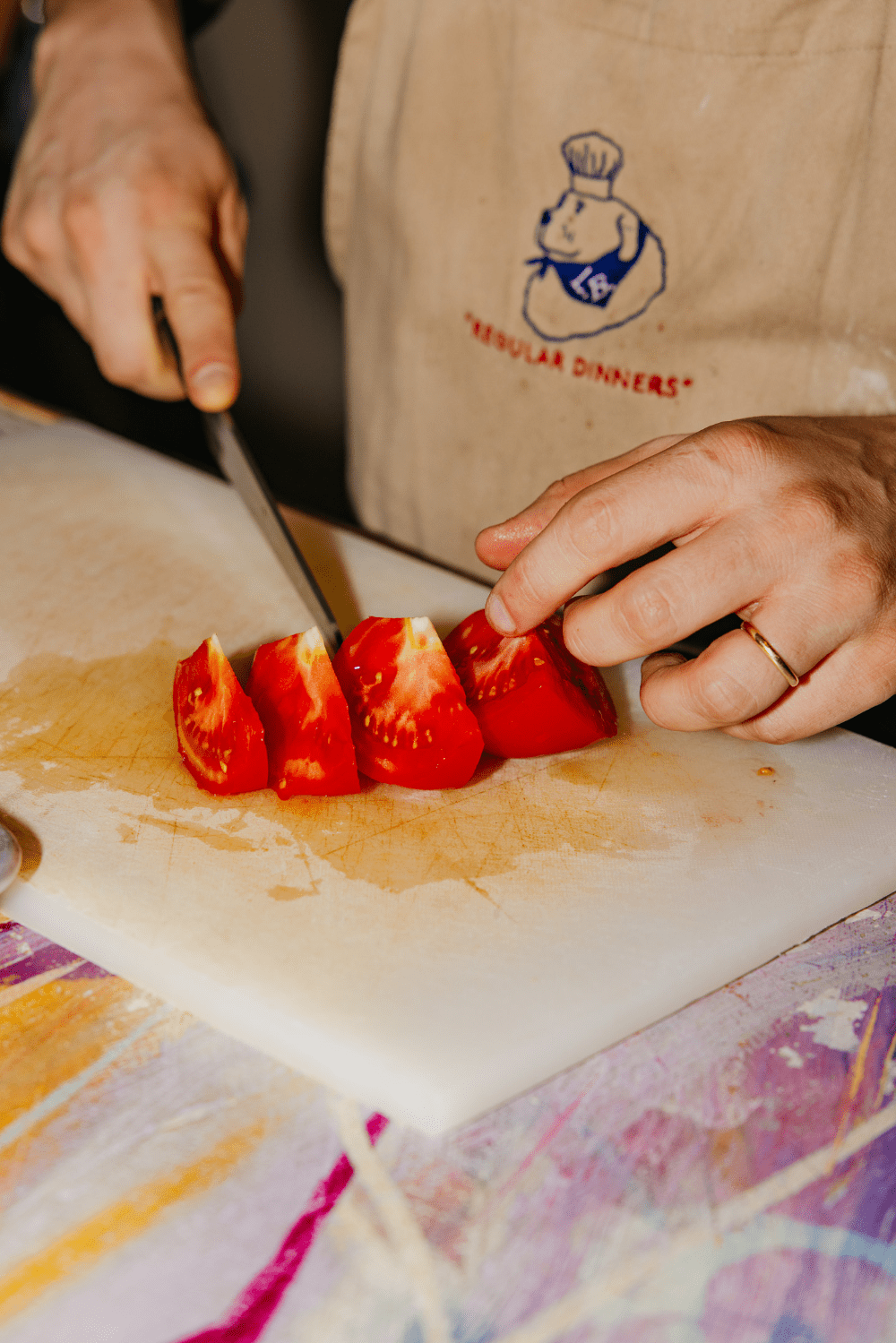
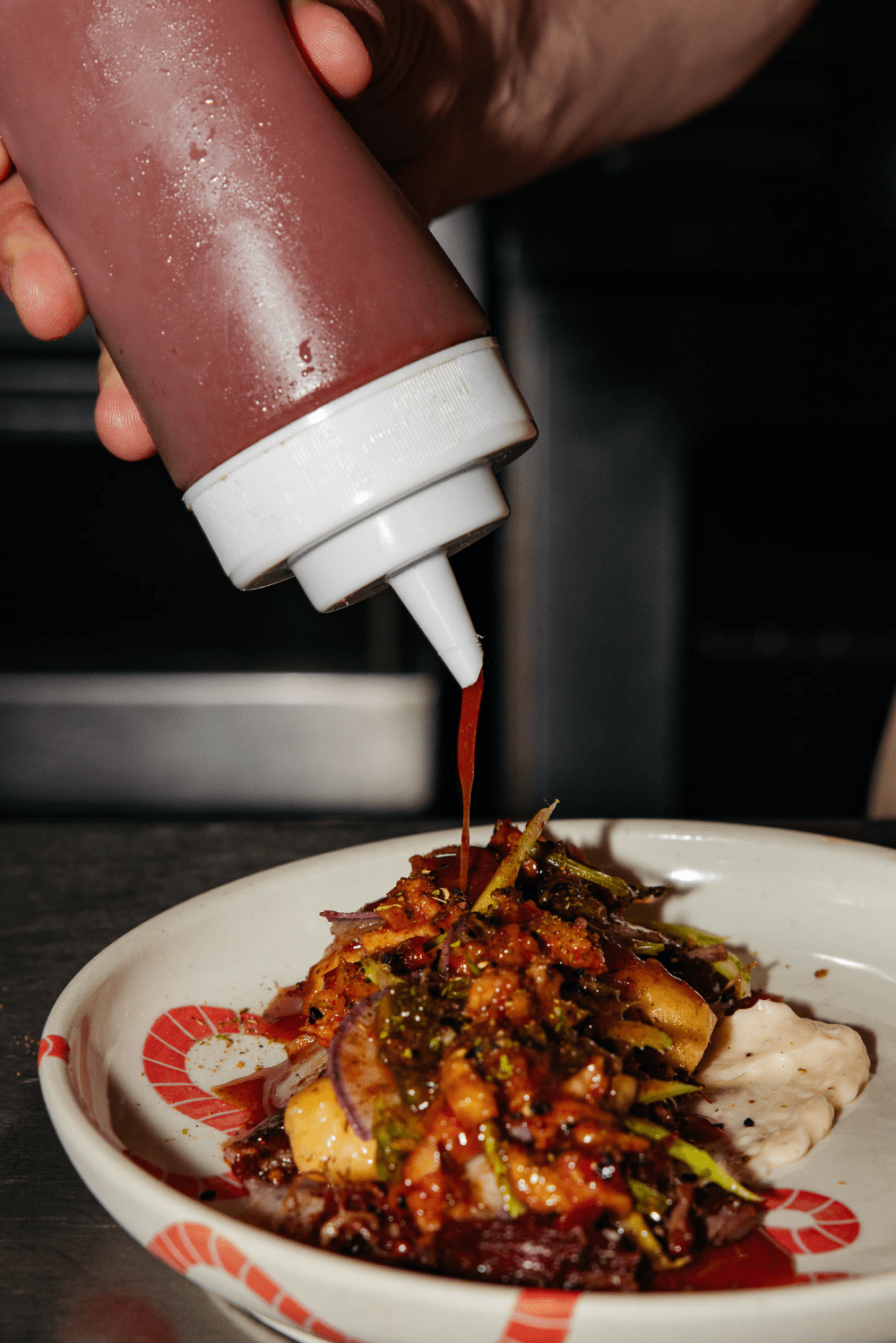
I work with an amazing Atlanta-based photographer, Gabriella Vallarades, who happens to be a regular at the restaurant. She gets lots of action shots—cooking, plating, stirring, shaking—and pretty interior shots of the restaurant. She sends the pictures saved in two formats in Dropbox: web, which is a much higher resolution, and digital for Instagram.
With the prose, I open up the previous month’s document, save it as a new draft, and delete everything but the headers. When I’m ready to get into the headspace of sitting down and writing for a few hours, I go home, look at that document, and see if I can get some words put down in a way that makes sense.
Eventually, I sink my buzzer-beater and get the damn thing done by like 10 or 11:00 pm on the 30th or 31st. I hit publish on the first of the month, it goes out, and then I spend a couple of days promoting the new chapters and trying to get people to subscribe. Then it’s like, I guess I need to start the next one.
OK, last question. Just for fun. If Dropbox were a kitchen tool, what would it be and why?
It would be a shelving unit or toolbox, two of the most important things that only good, organized, legit cooks understand and take advantage of—and the quickest way to tell who’s a sloppy, wack cook, if they don’t have one!
This interview has been edited for clarity and concision.
 Dropbox Dash: The AI teammate that understands your work
Dropbox Dash: The AI teammate that understands your work
.png/_jcr_content/renditions/hero_square%20(2).webp)






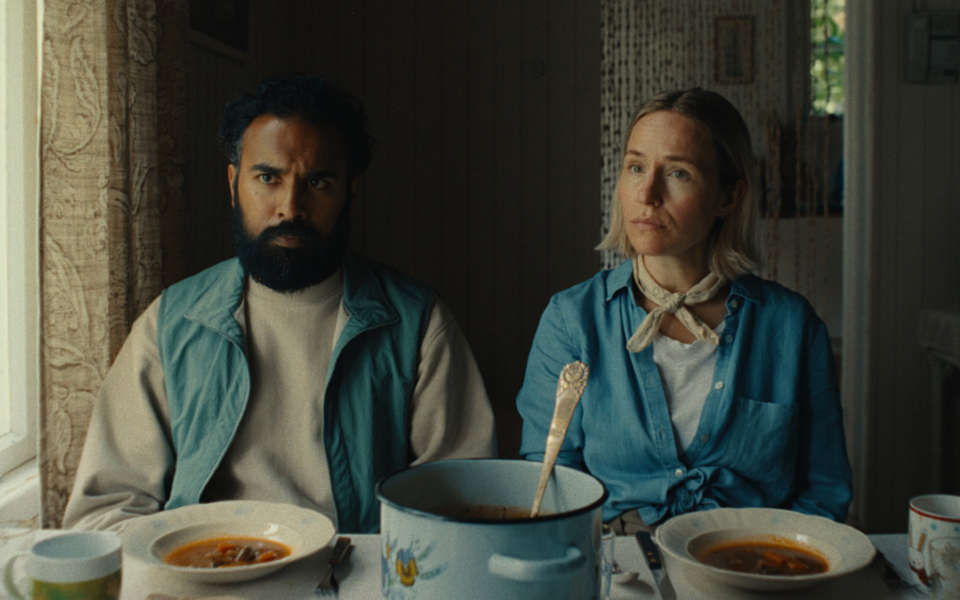
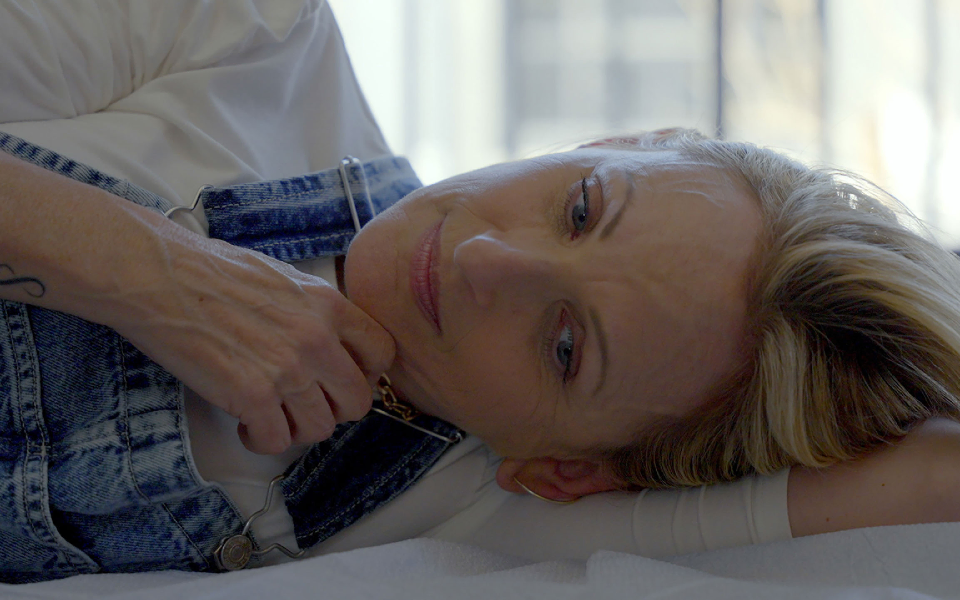






.jpg/_jcr_content/renditions/1200x628%20(5).webp)






